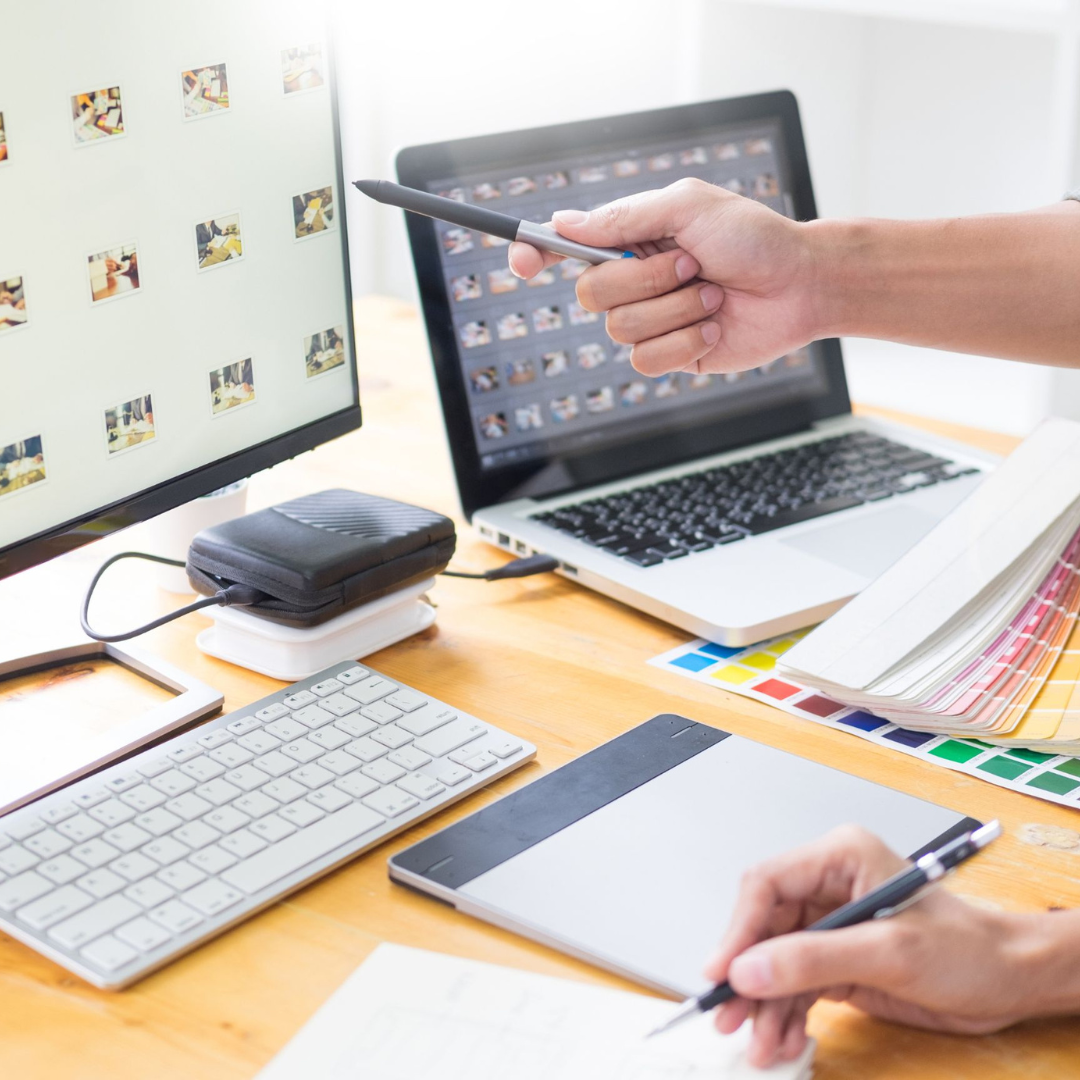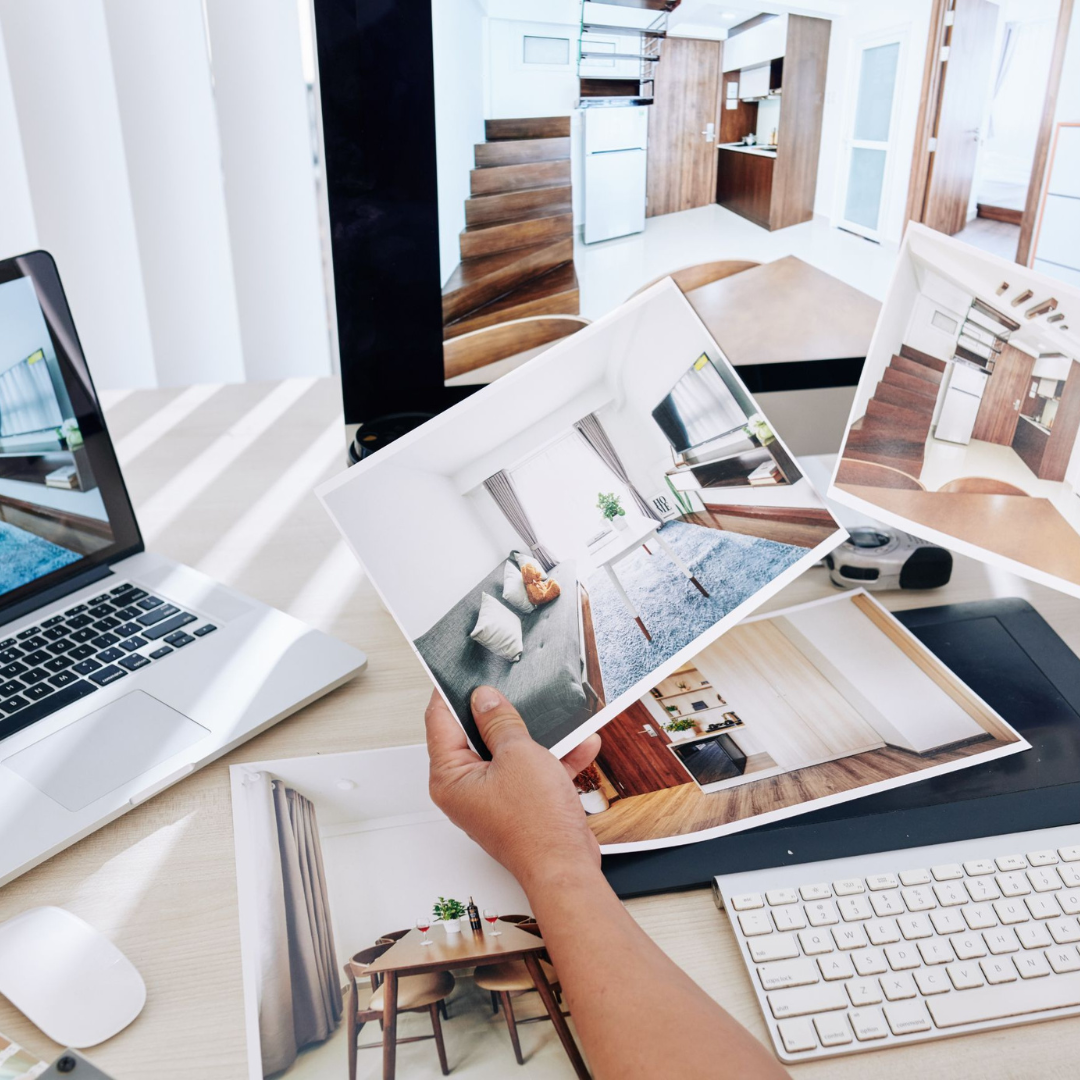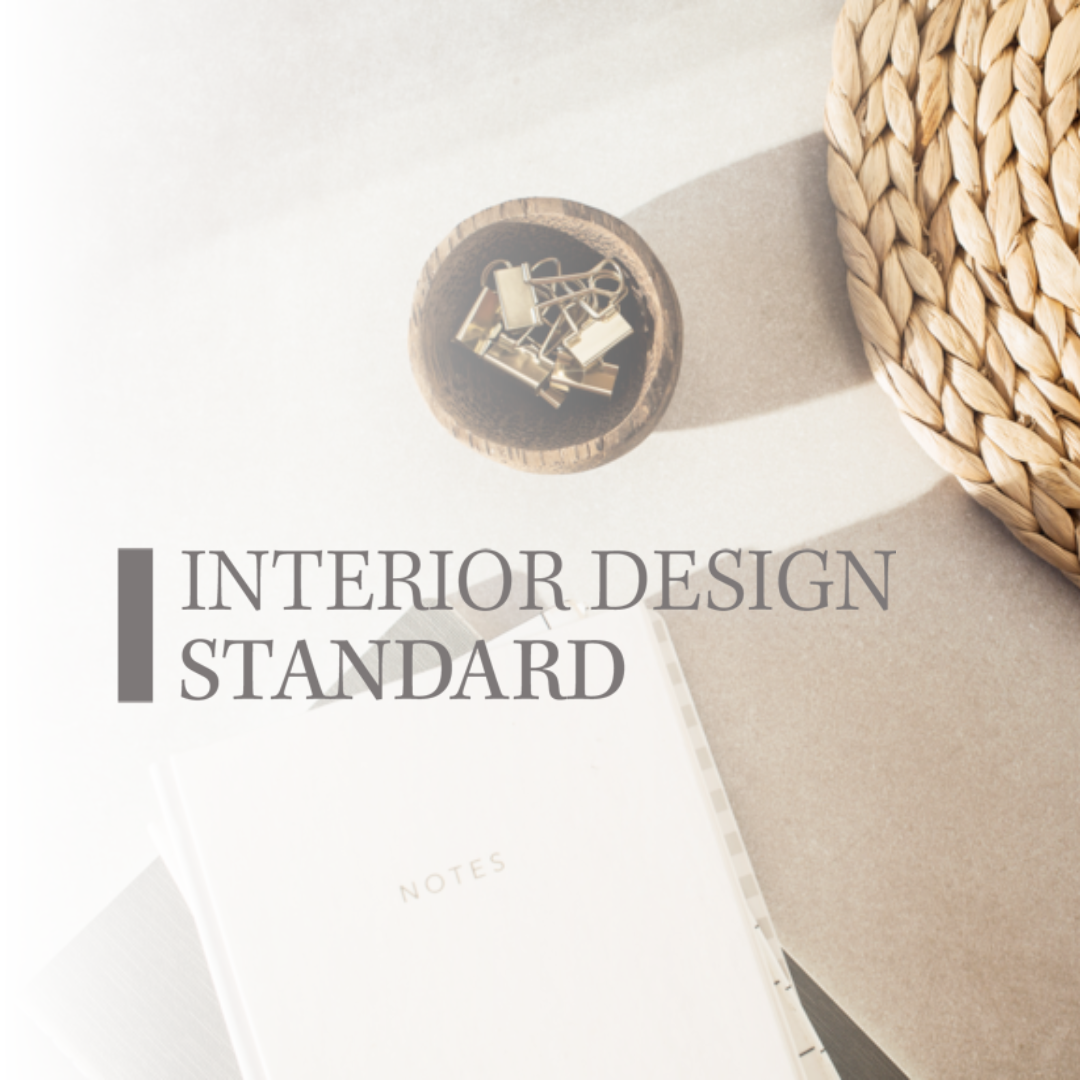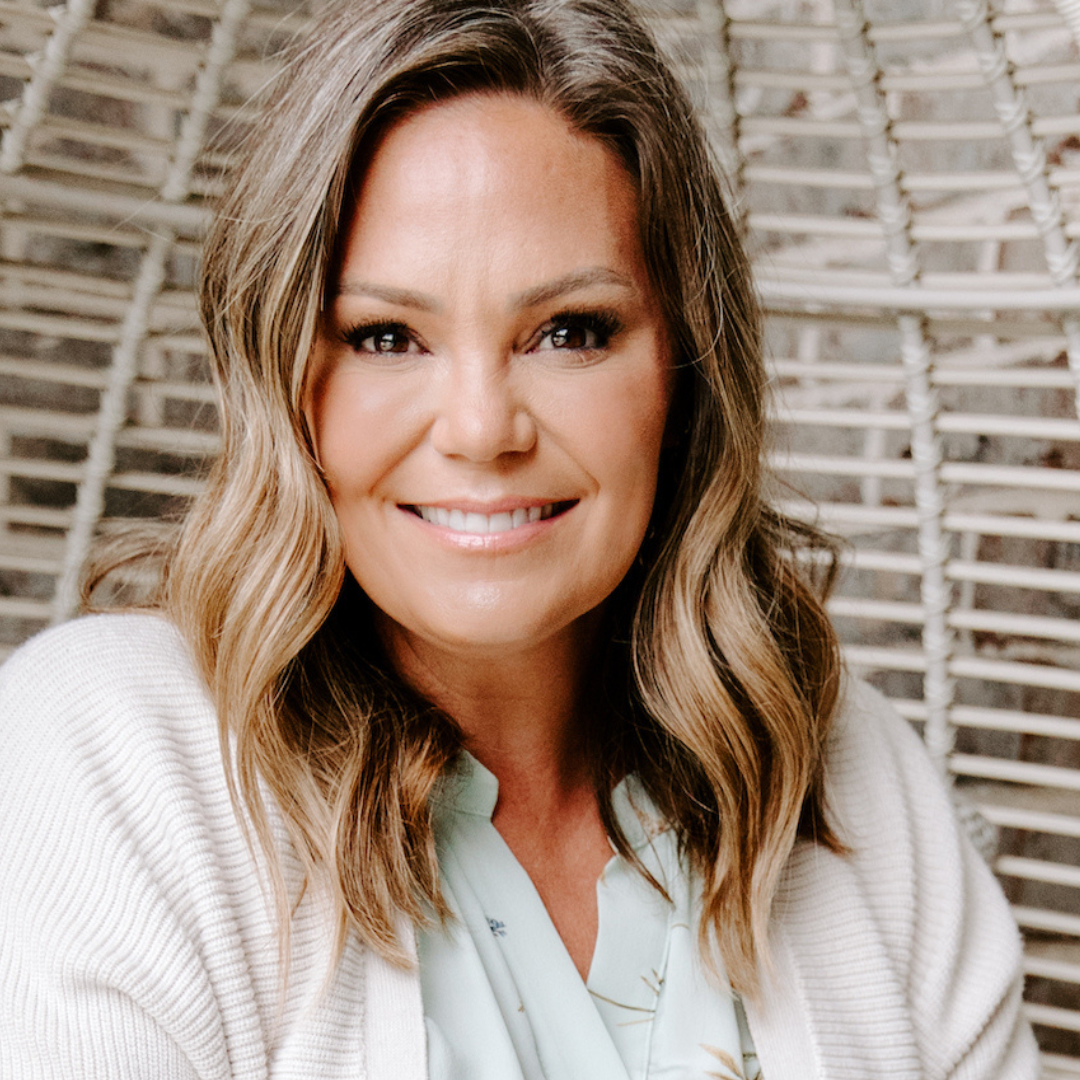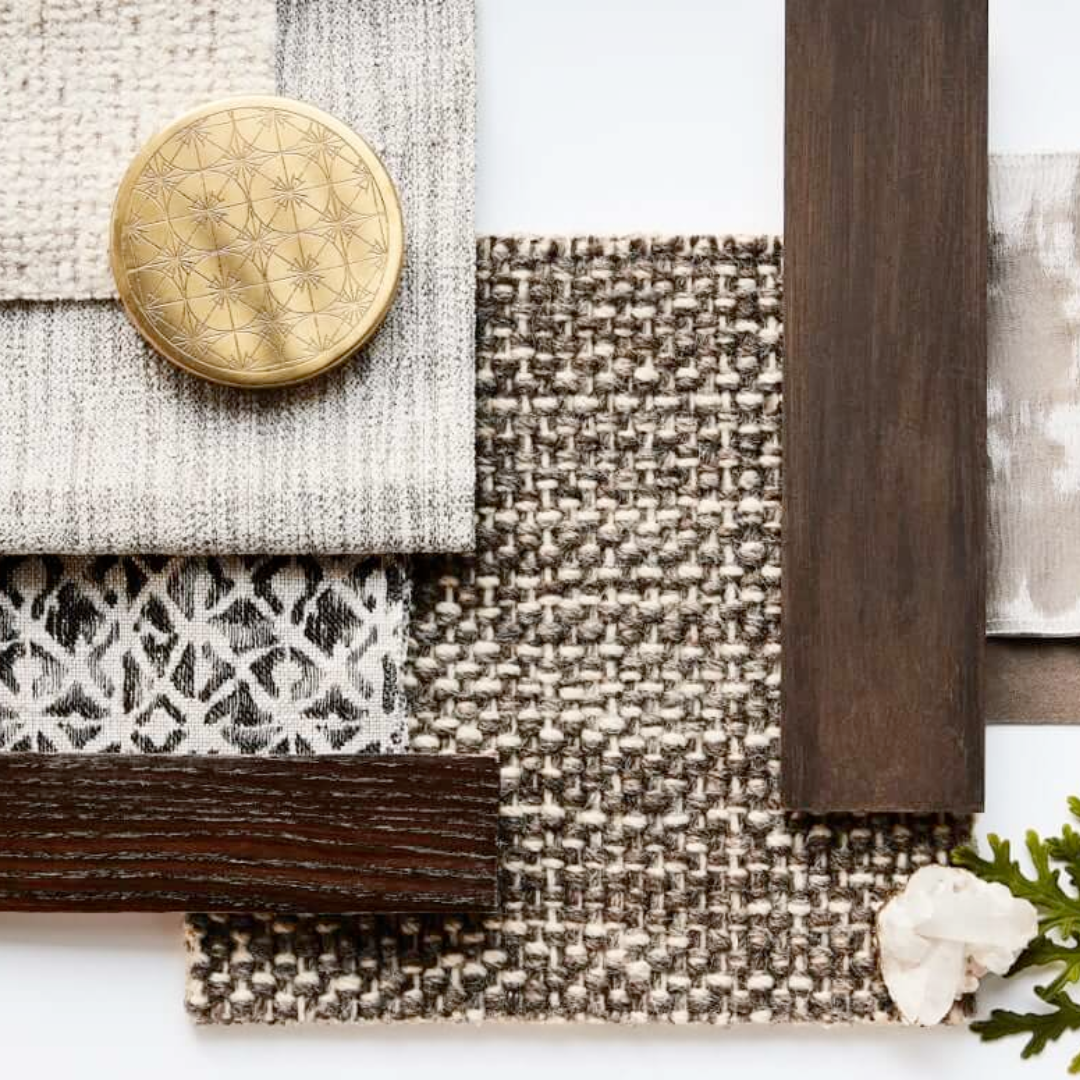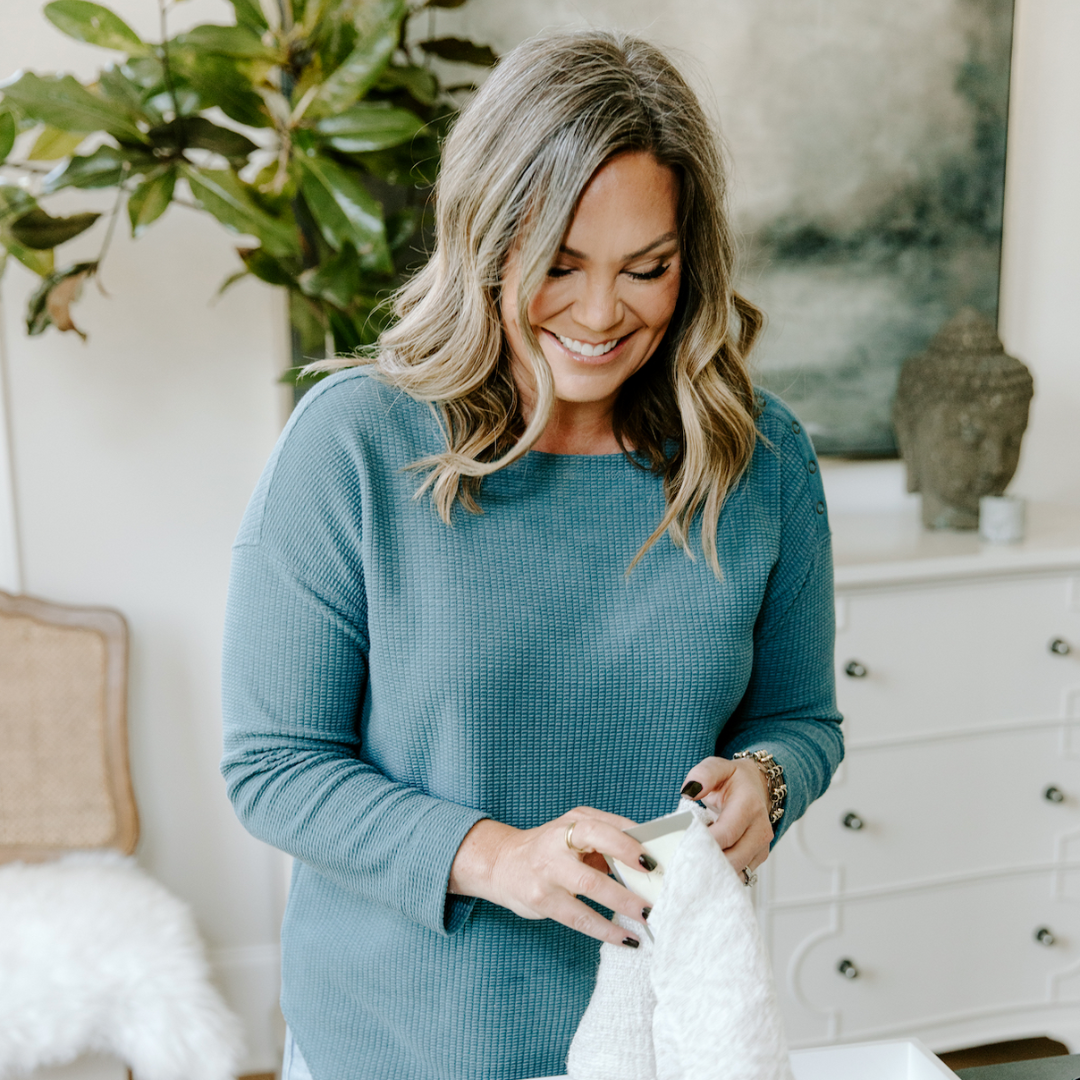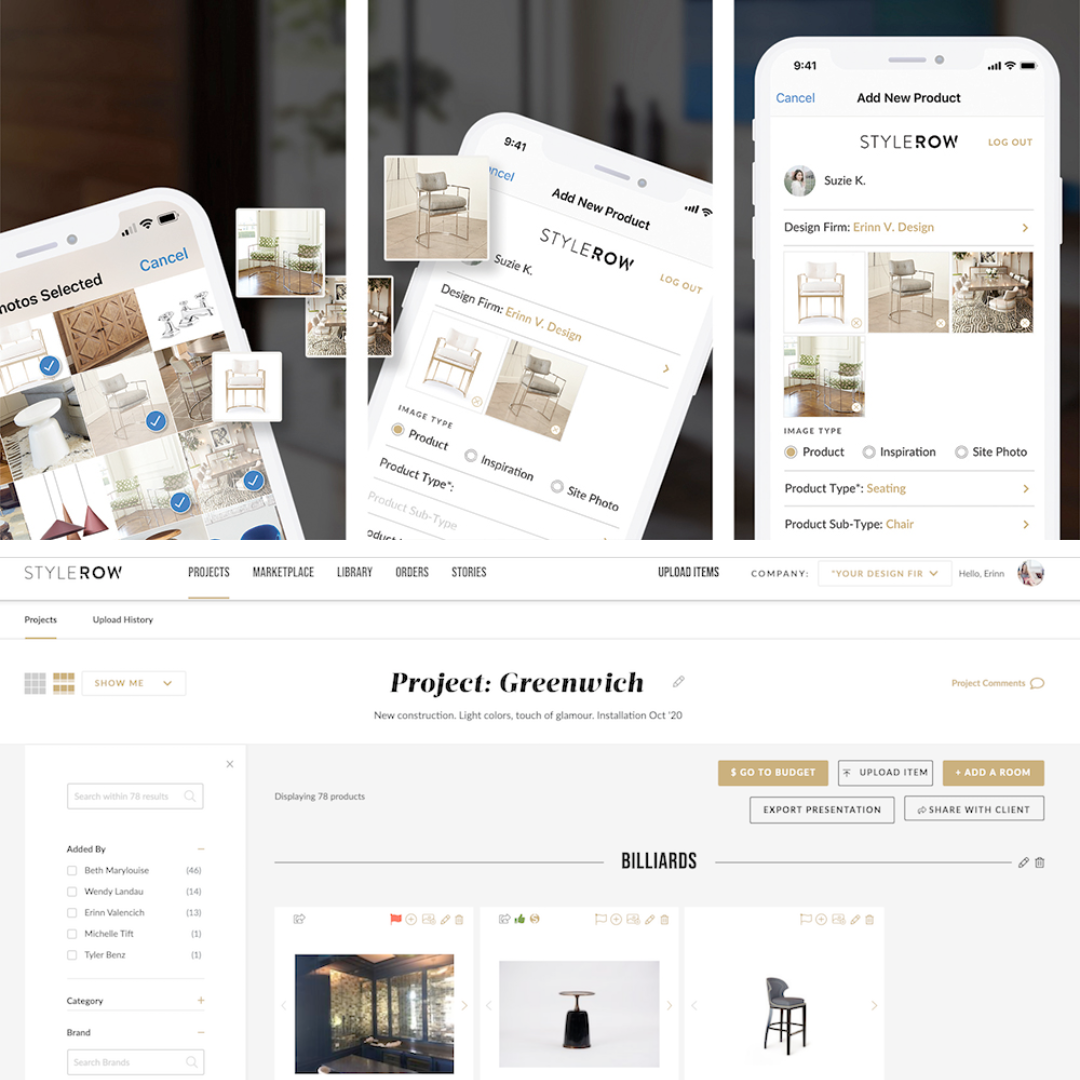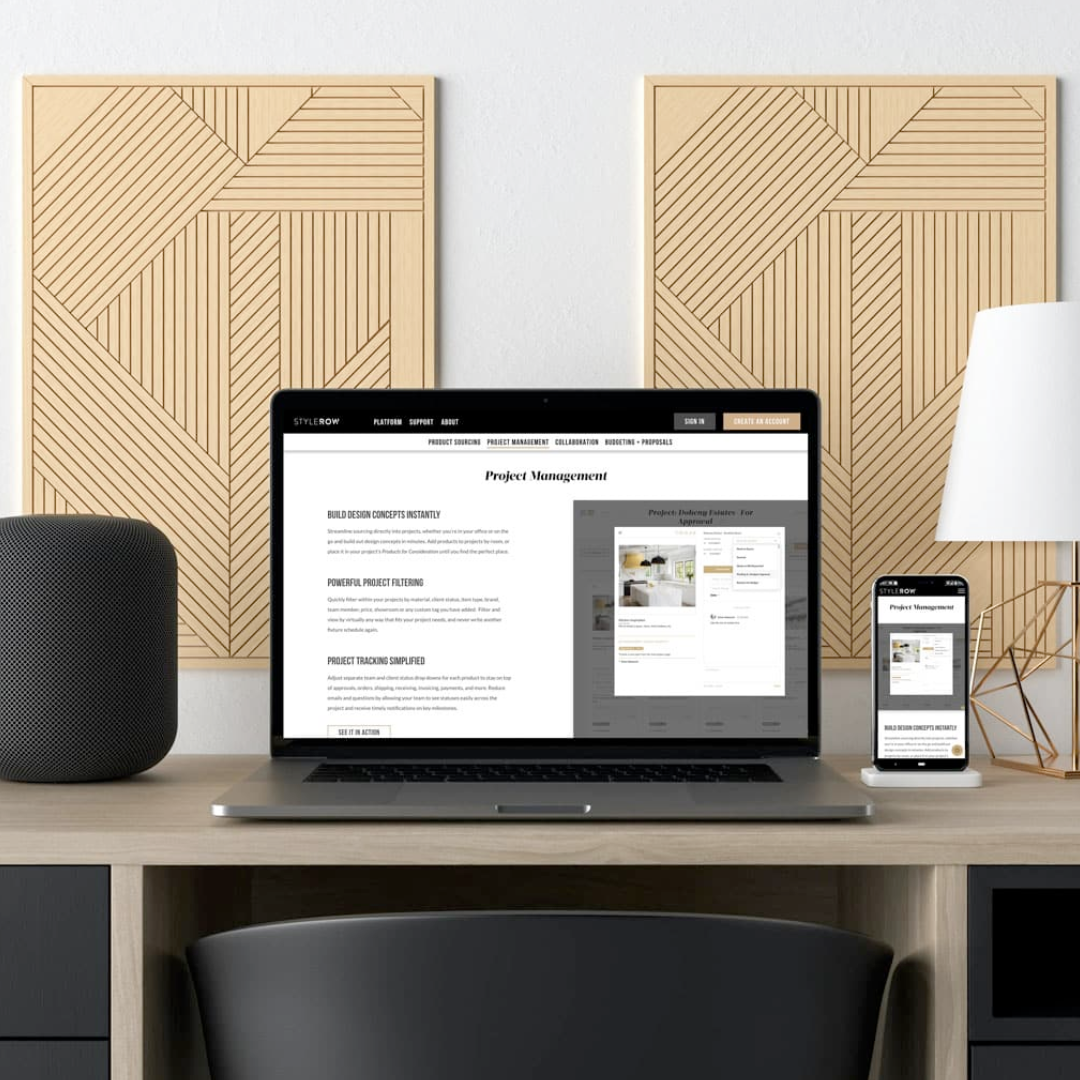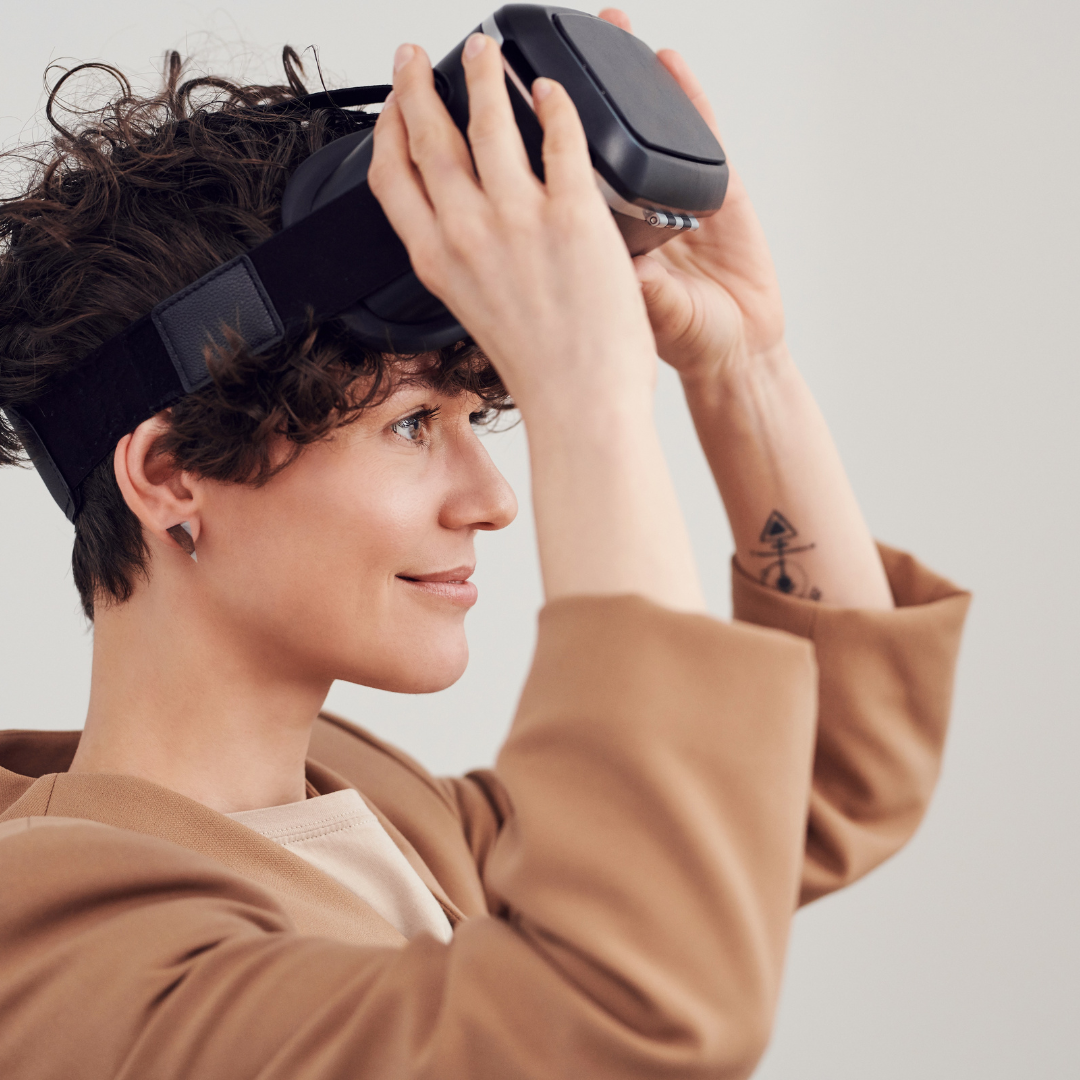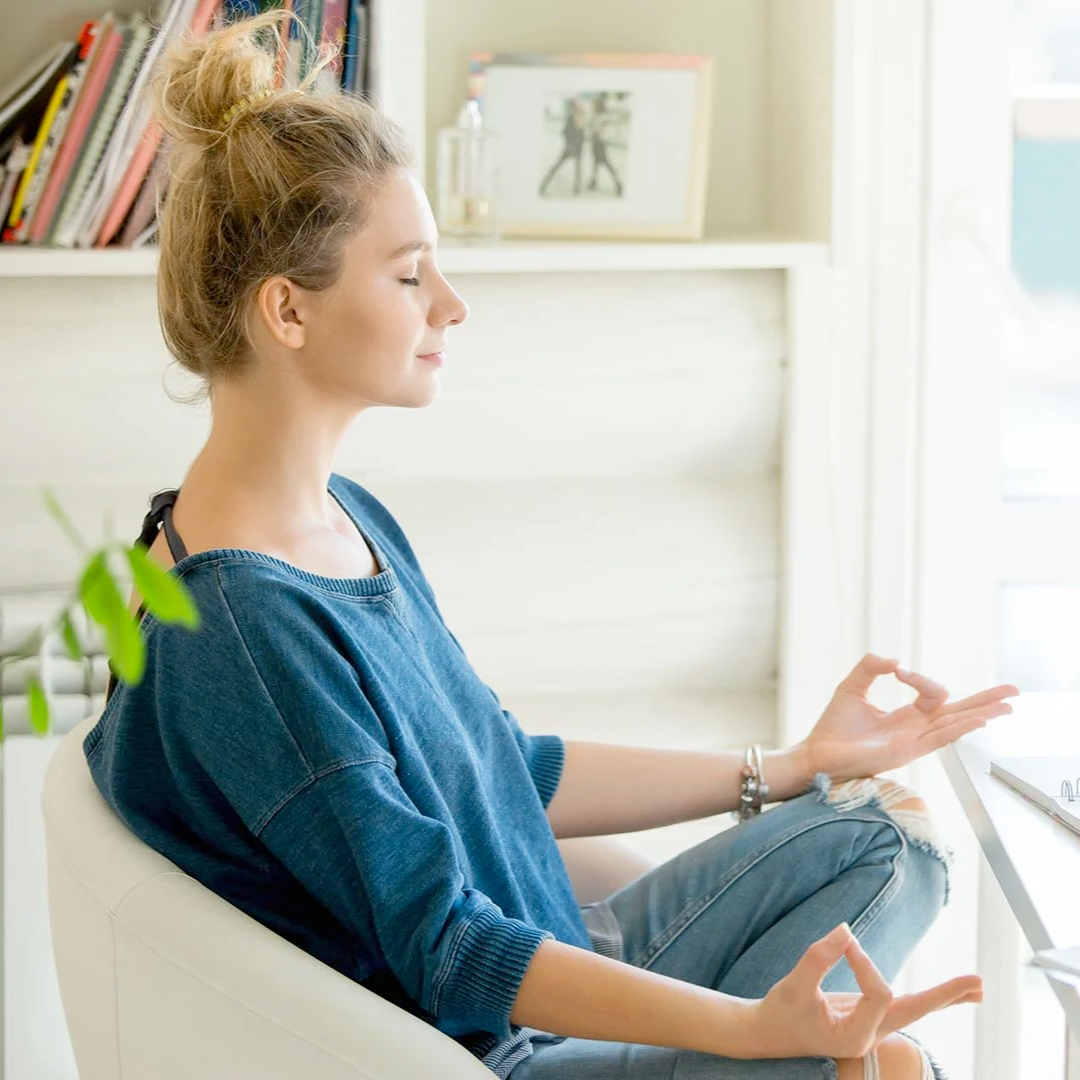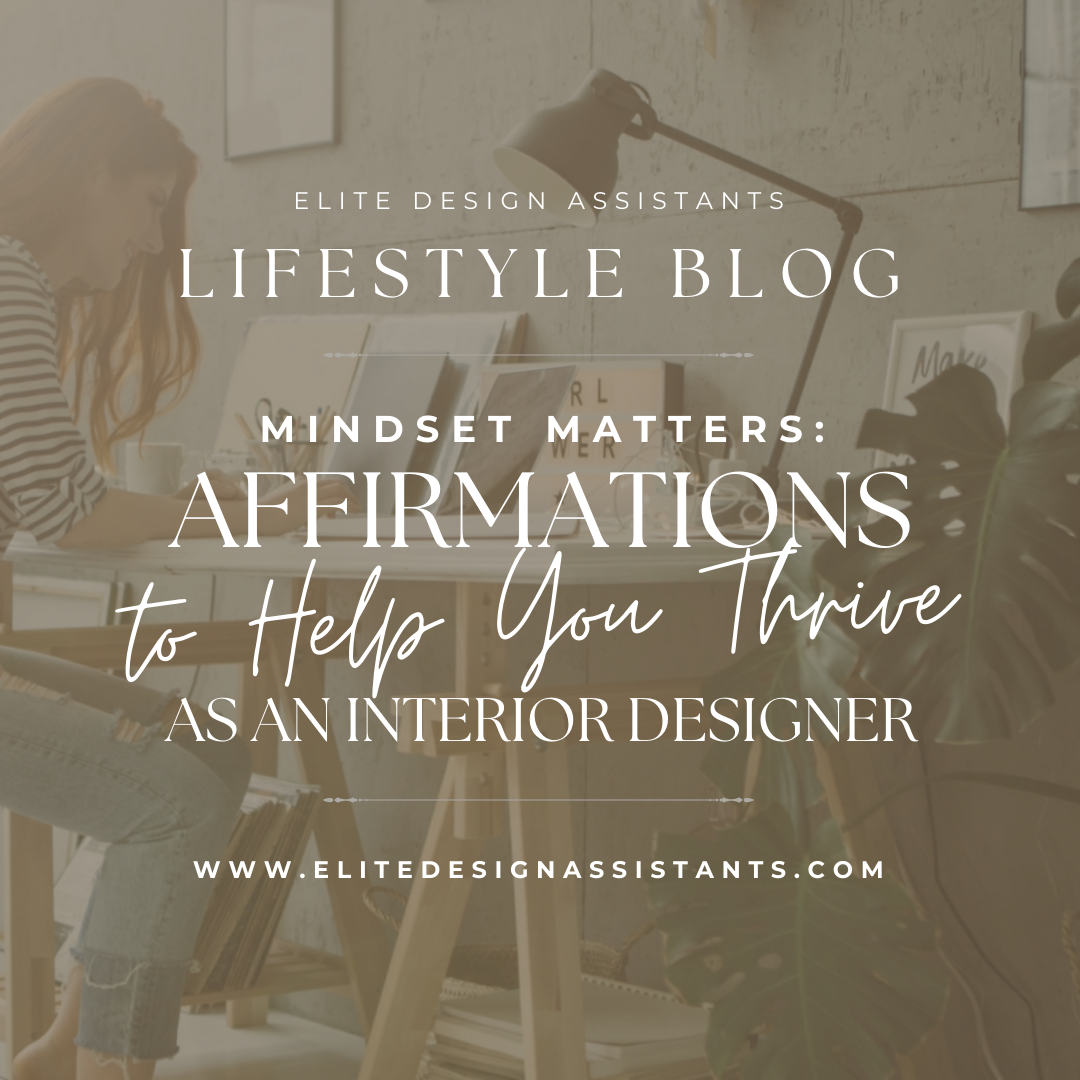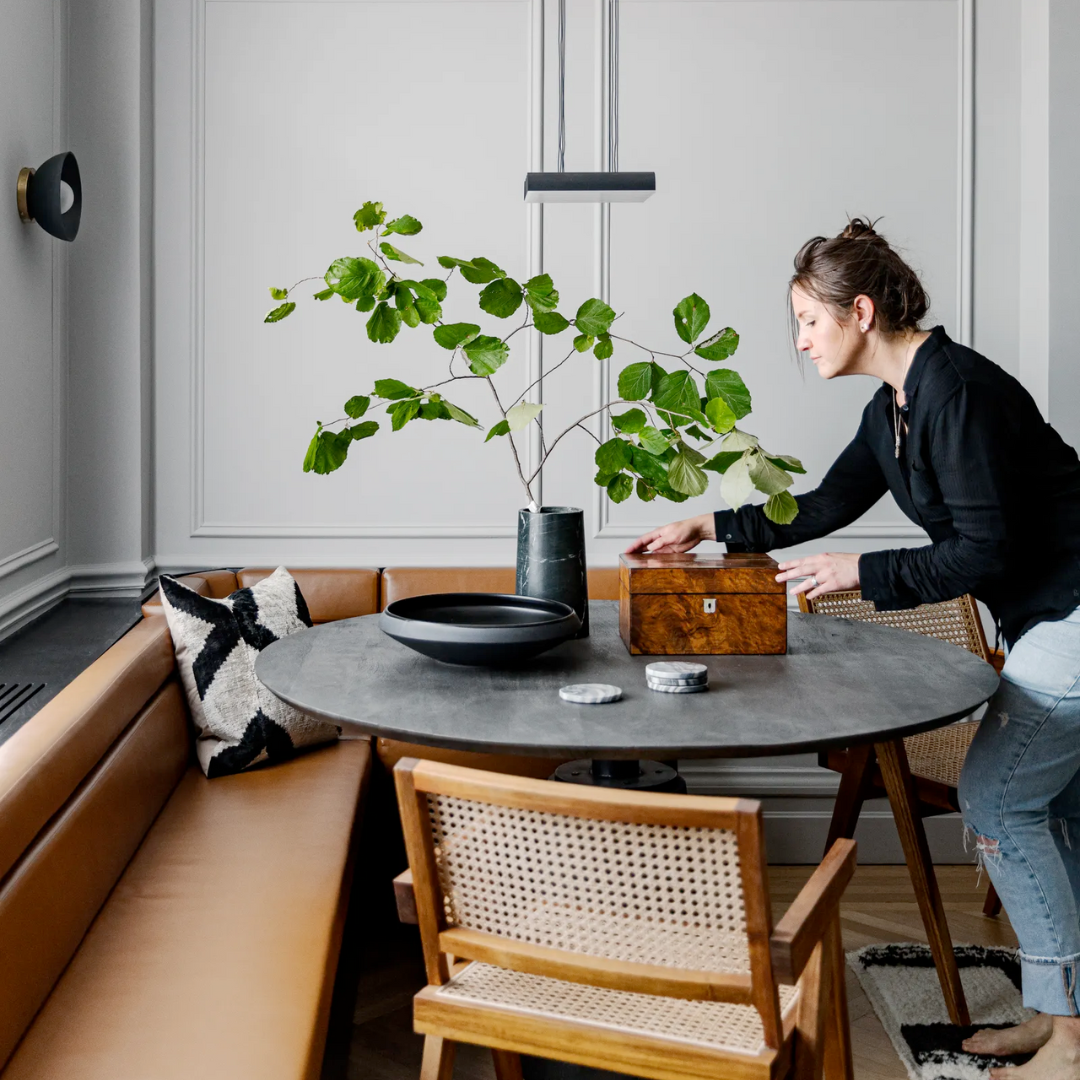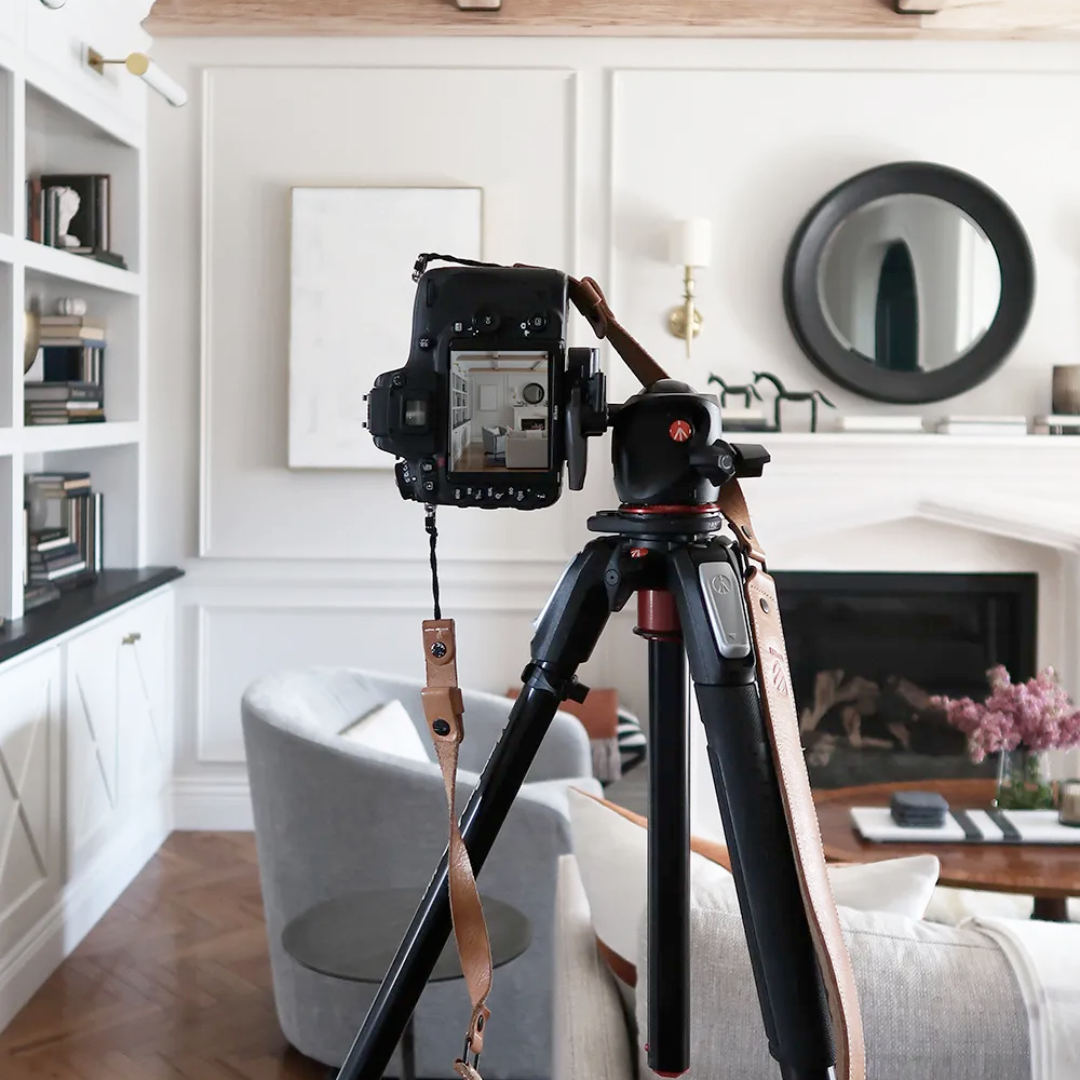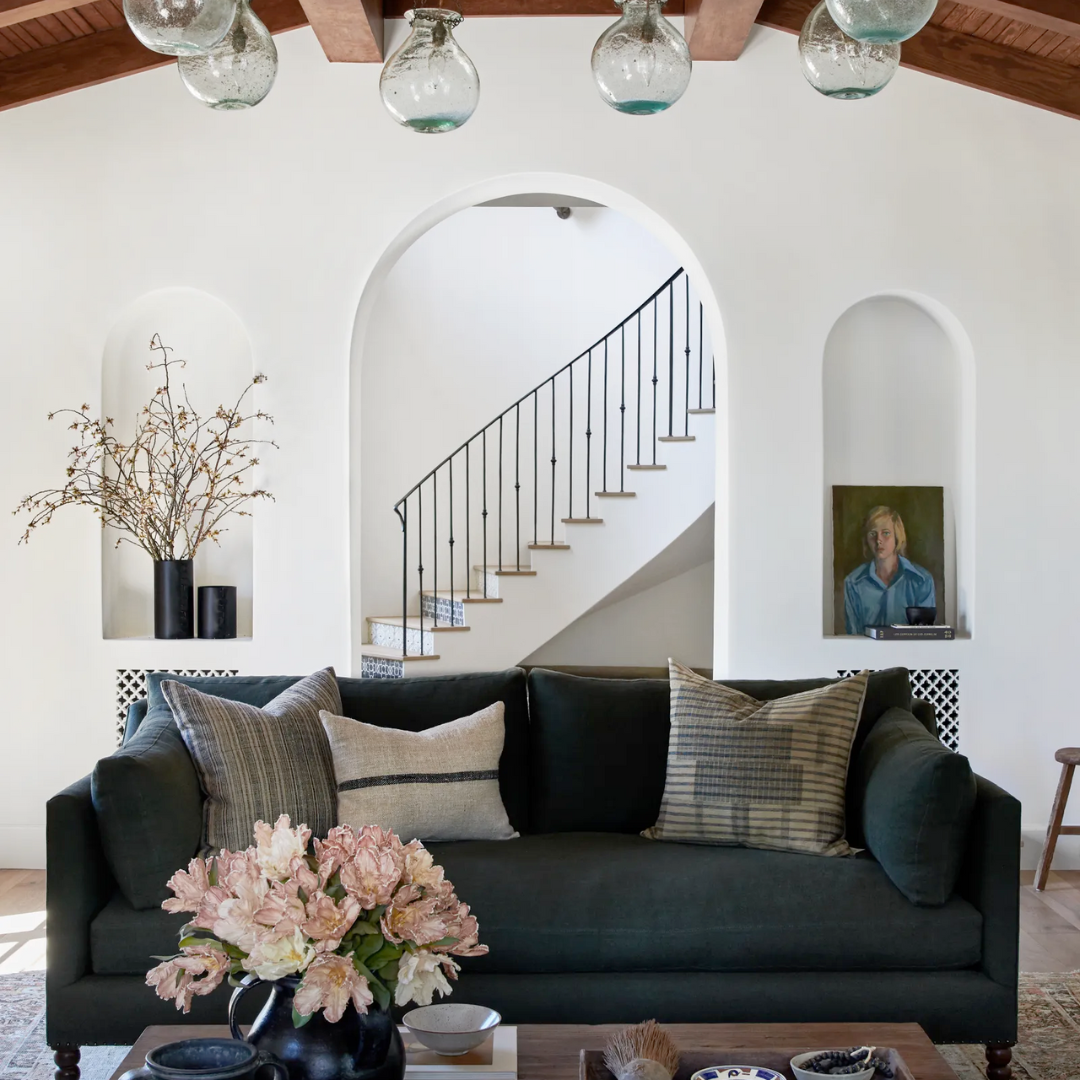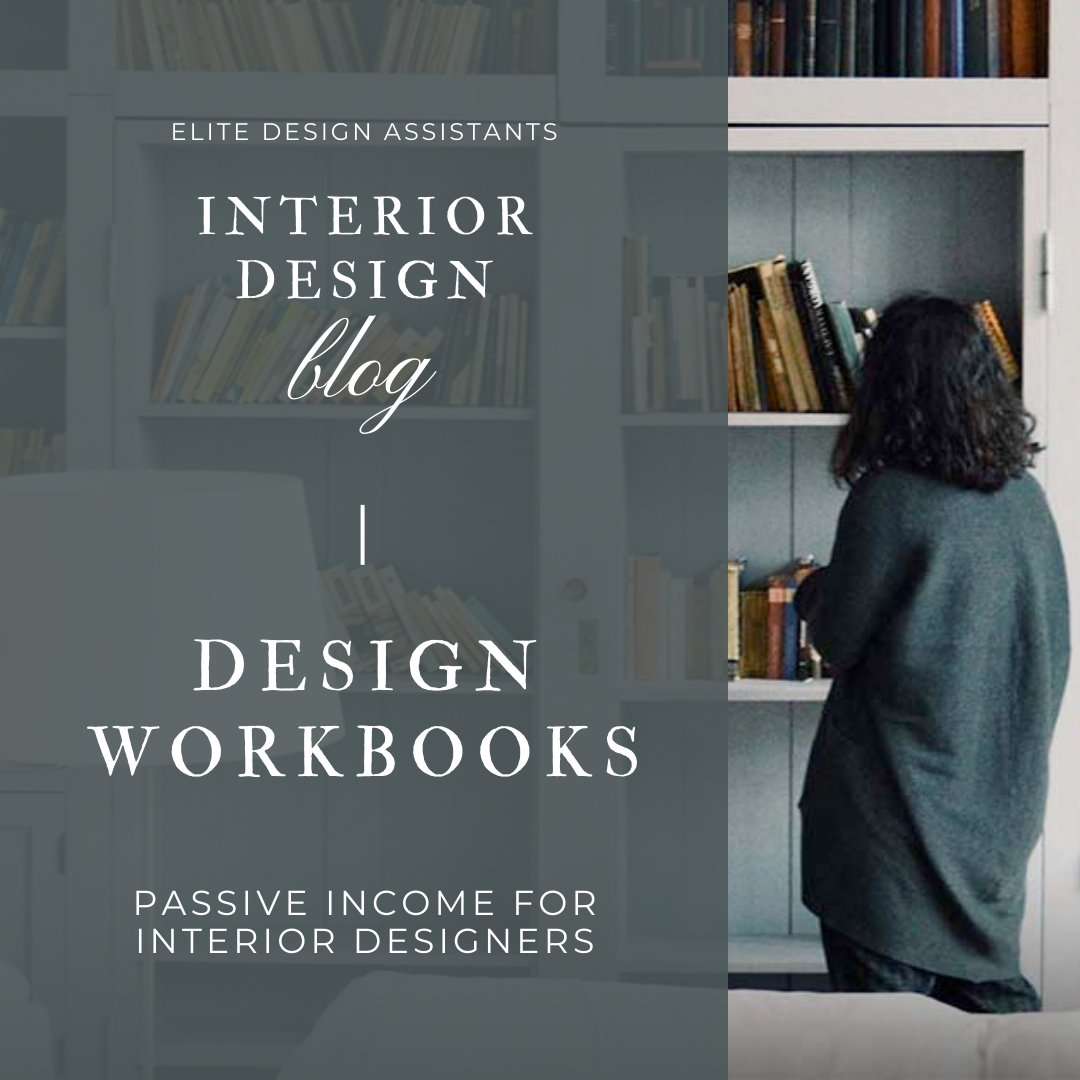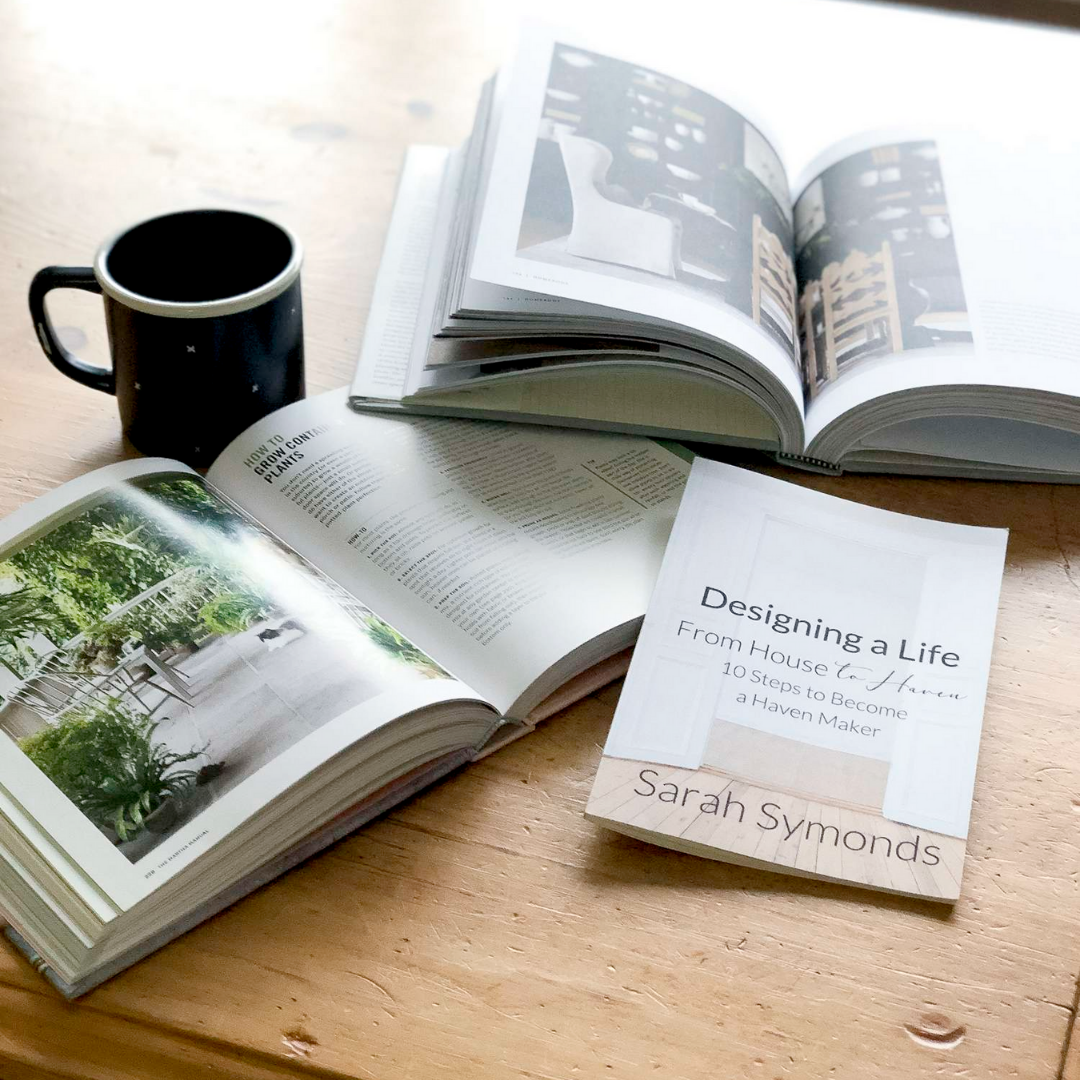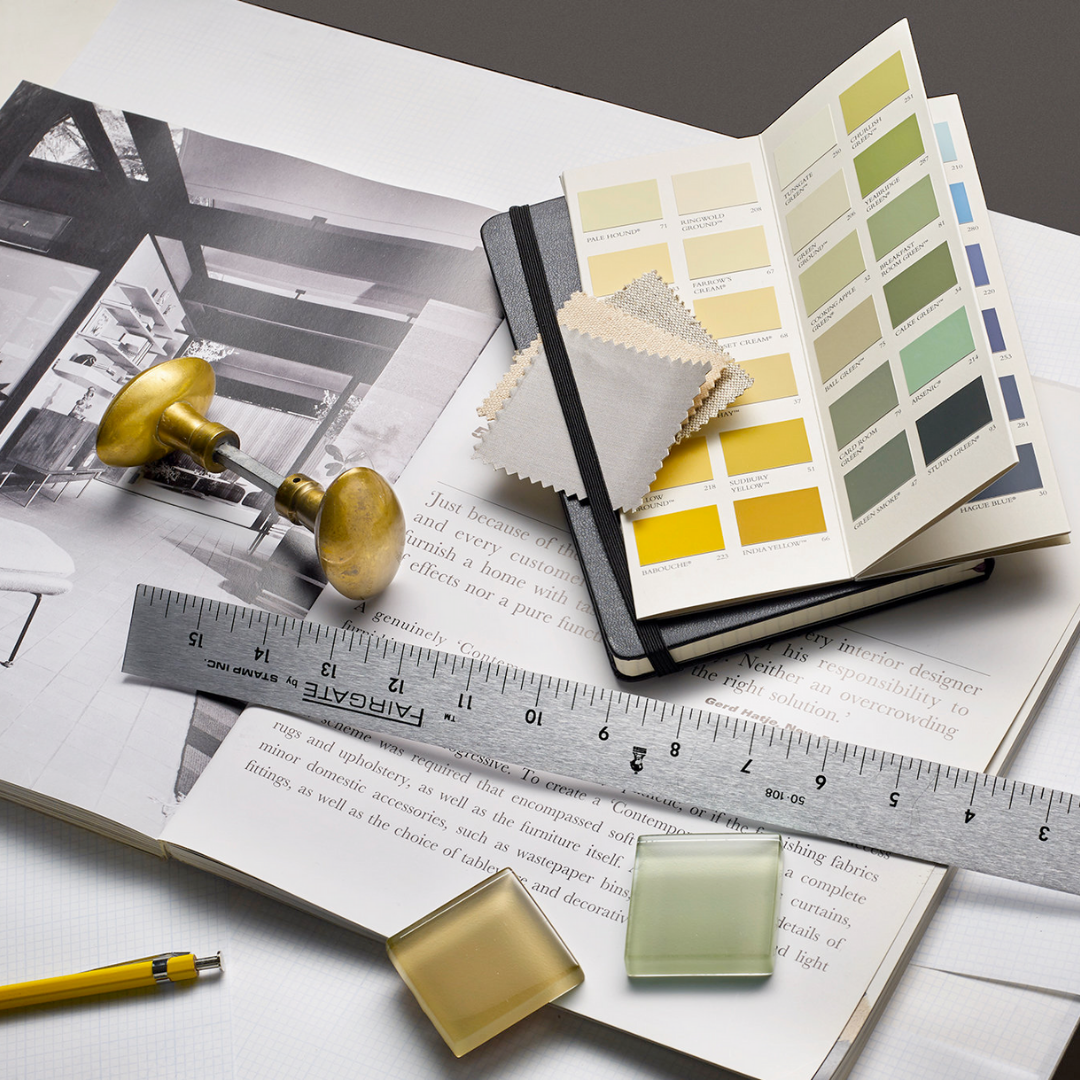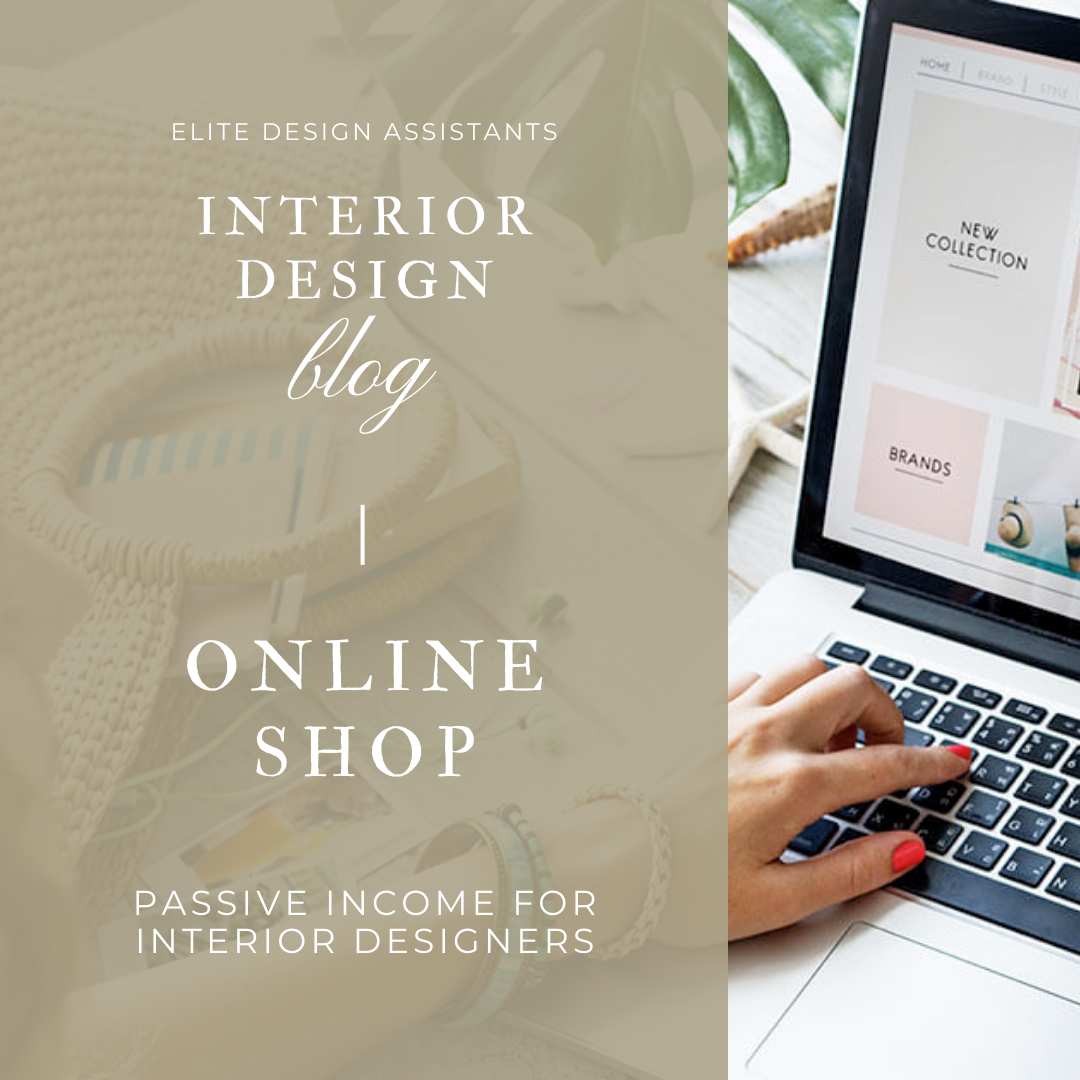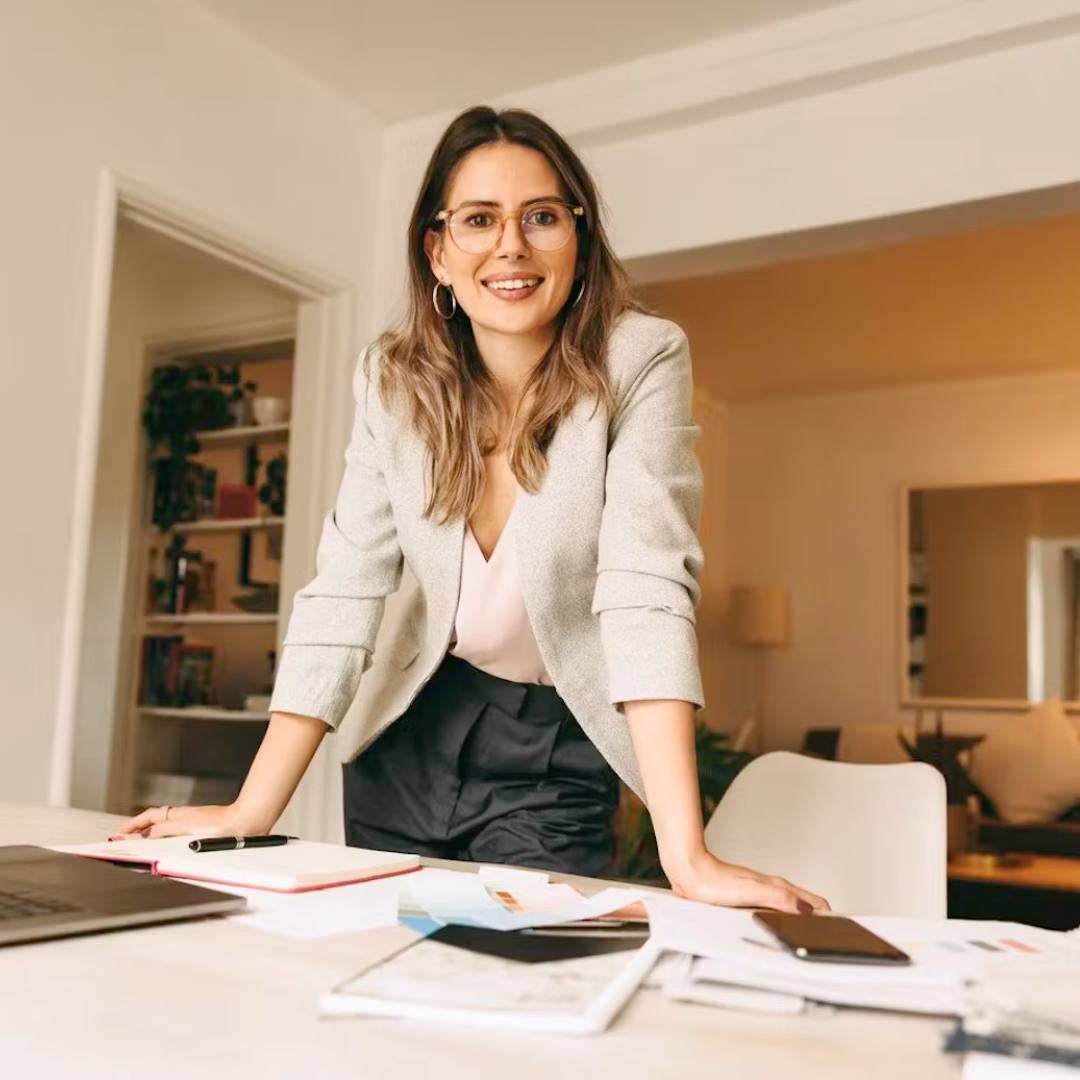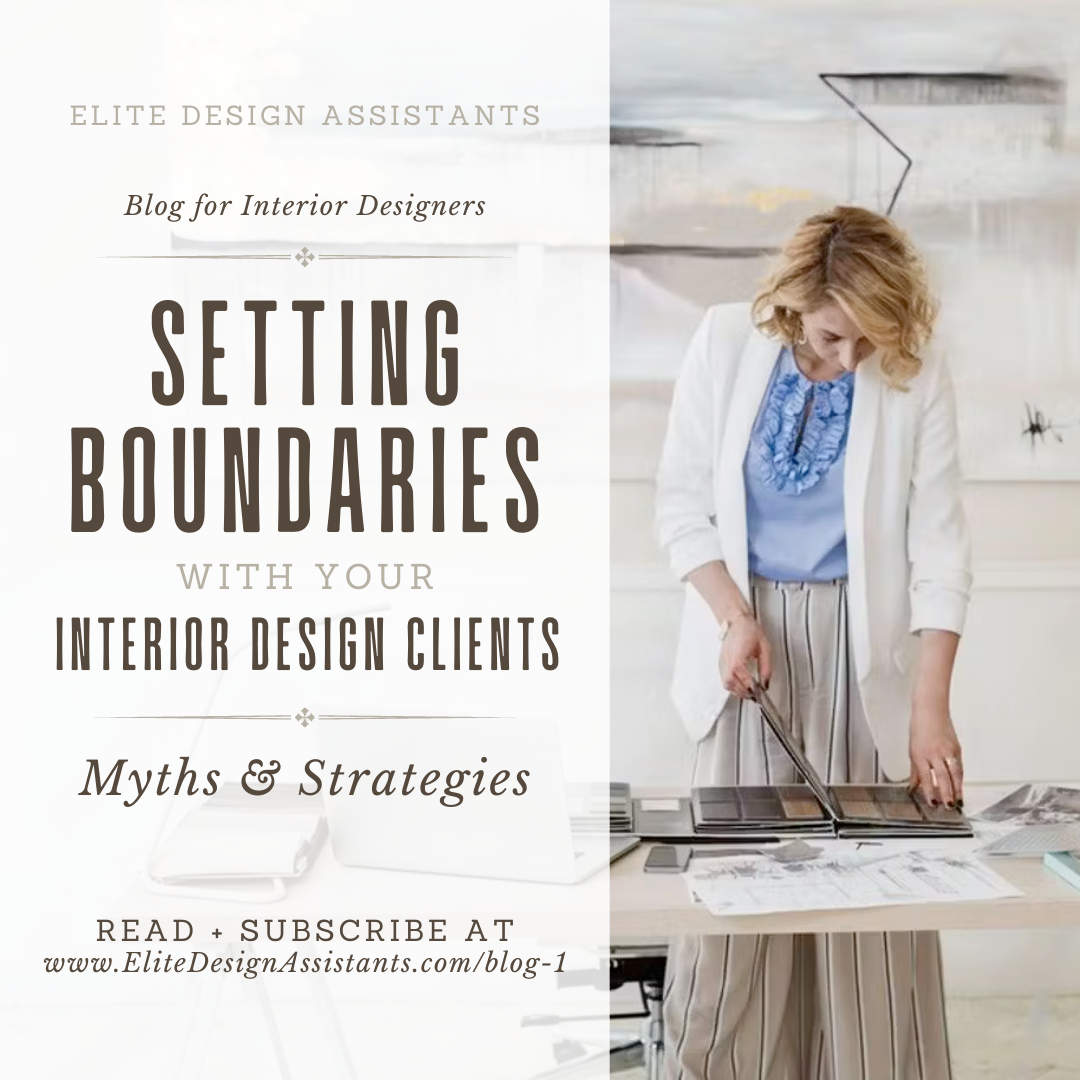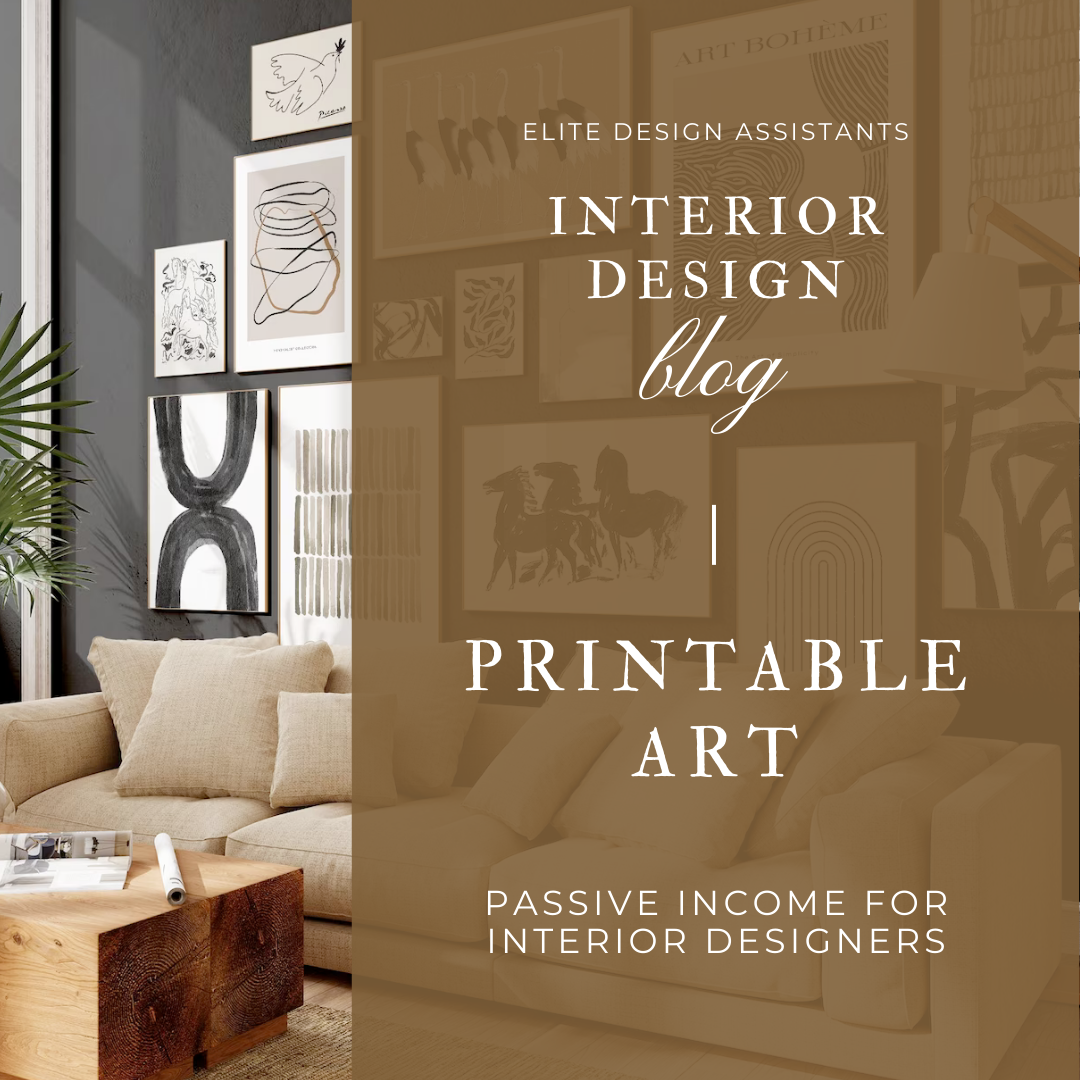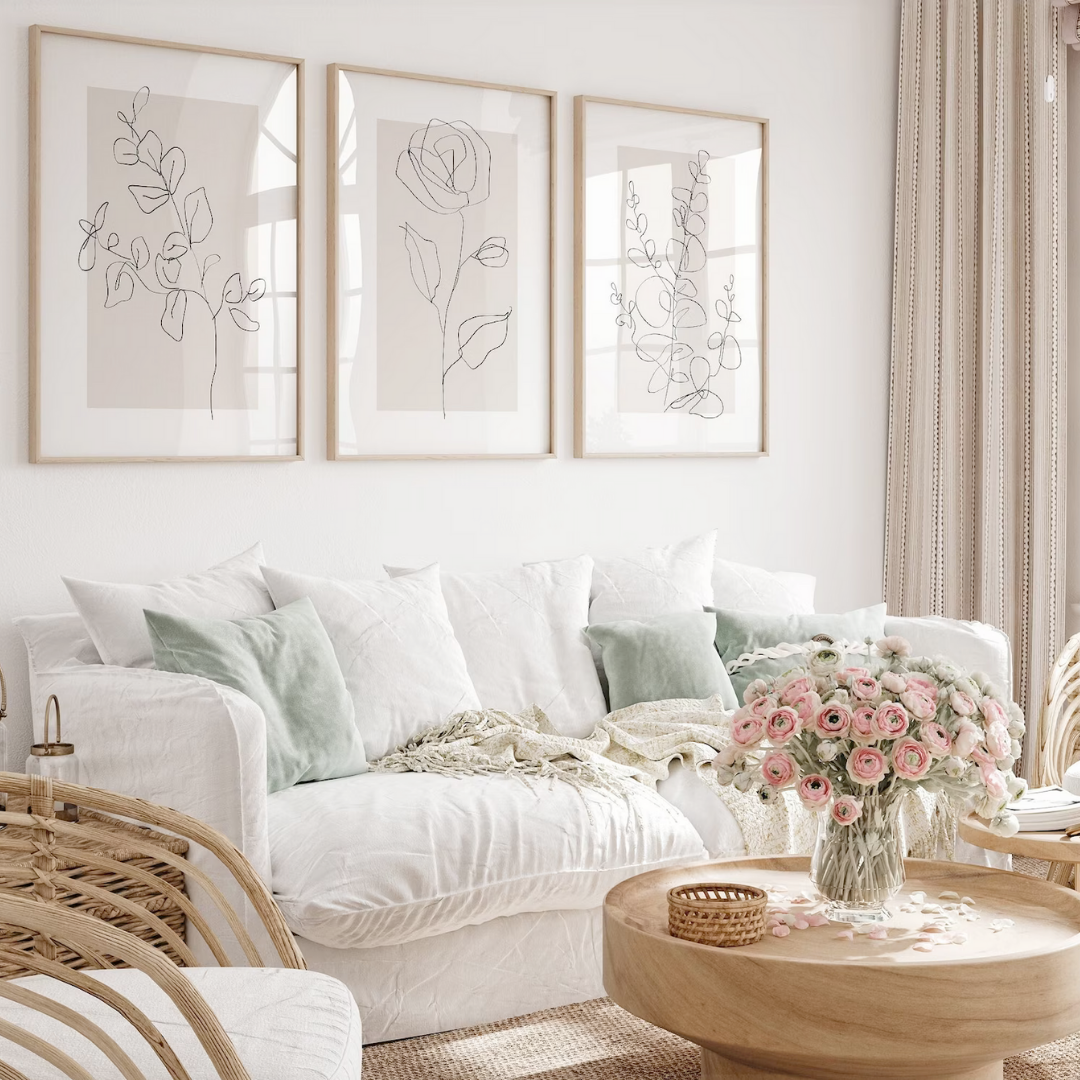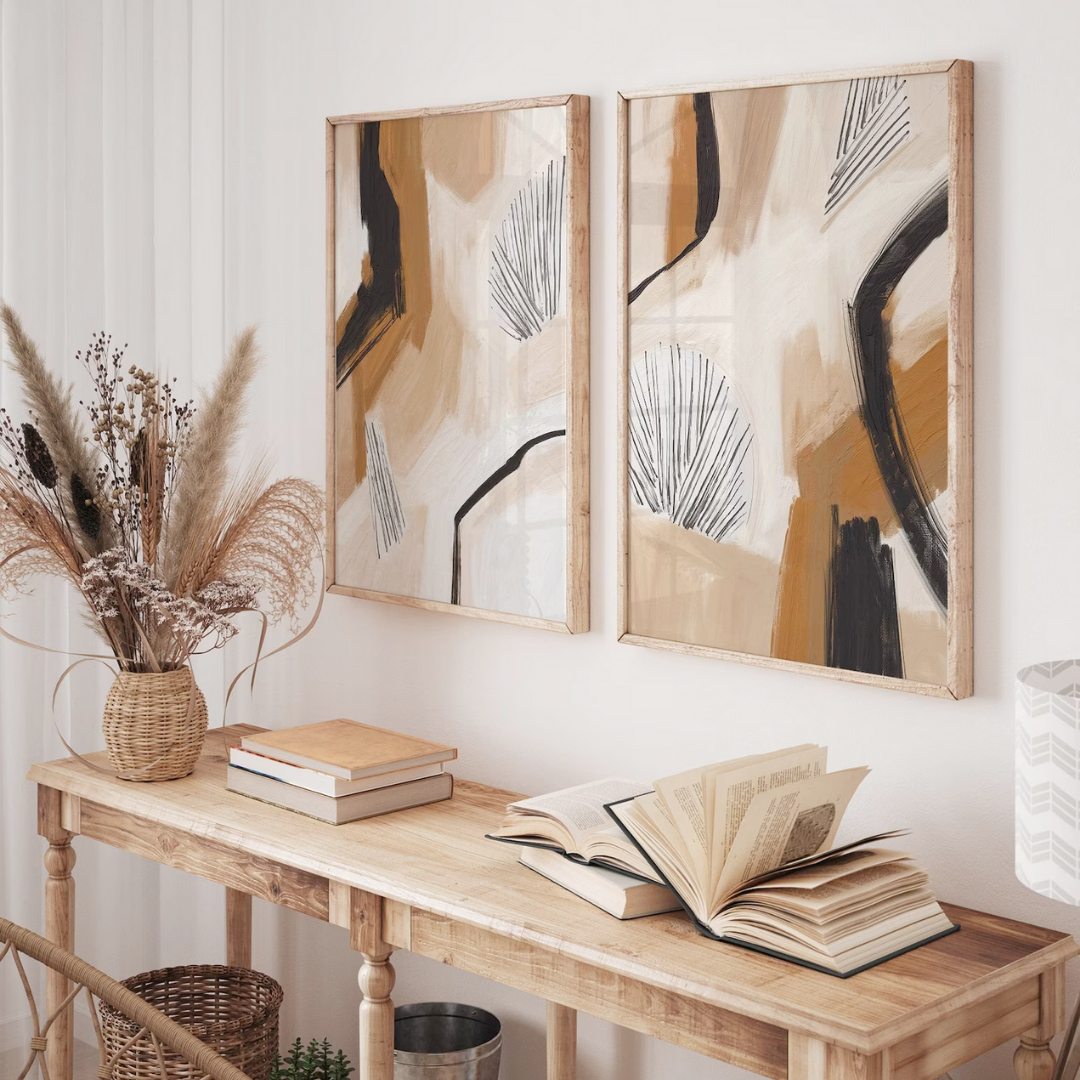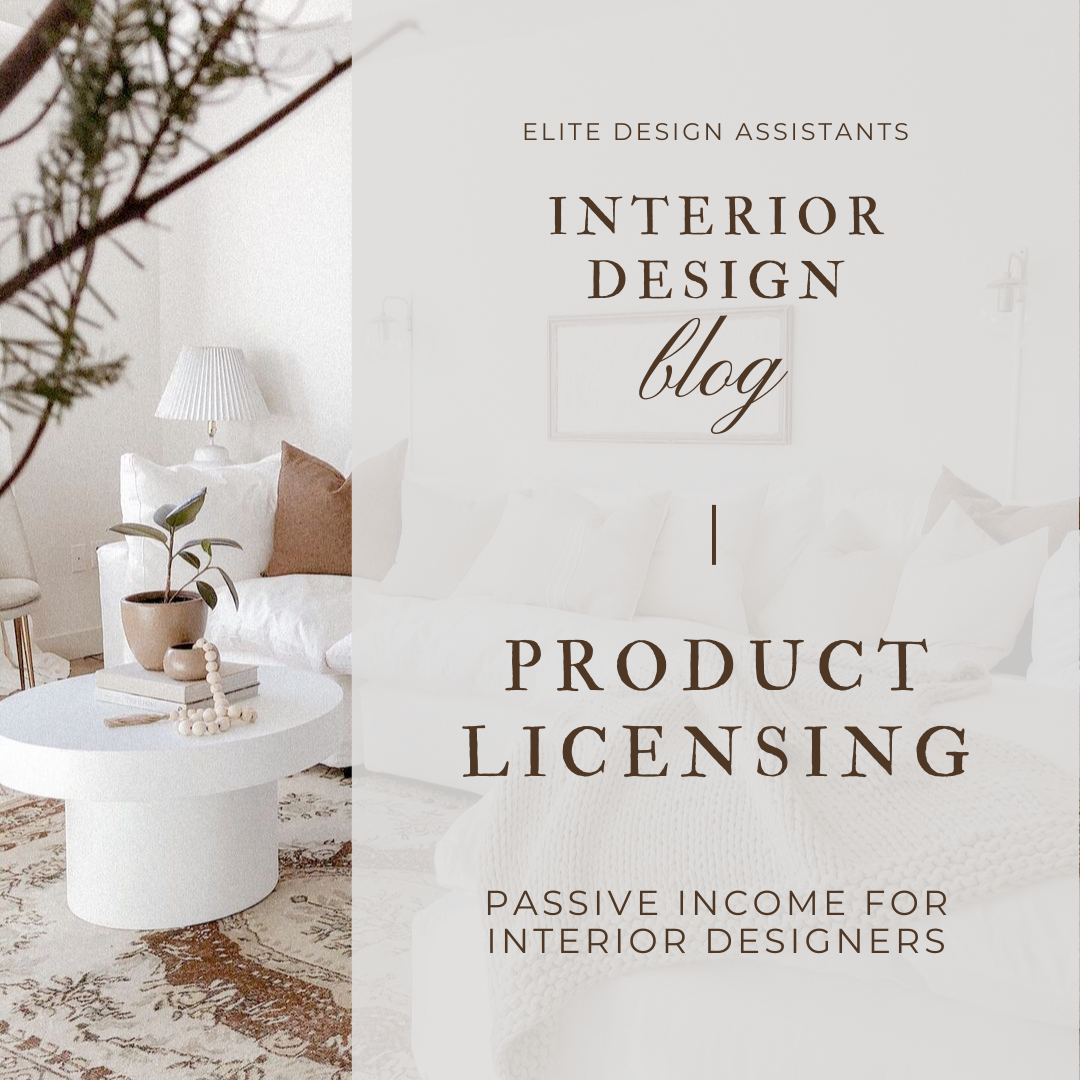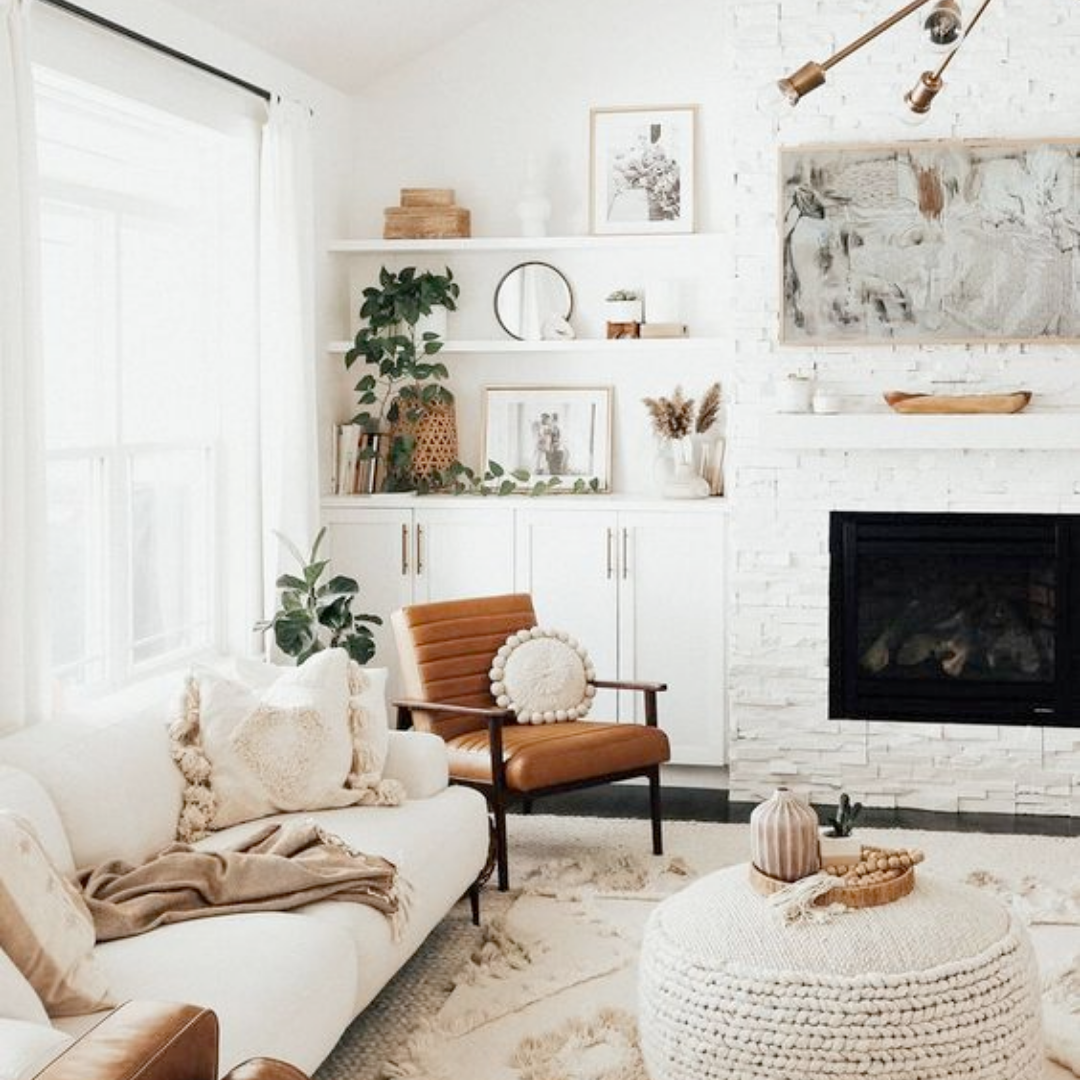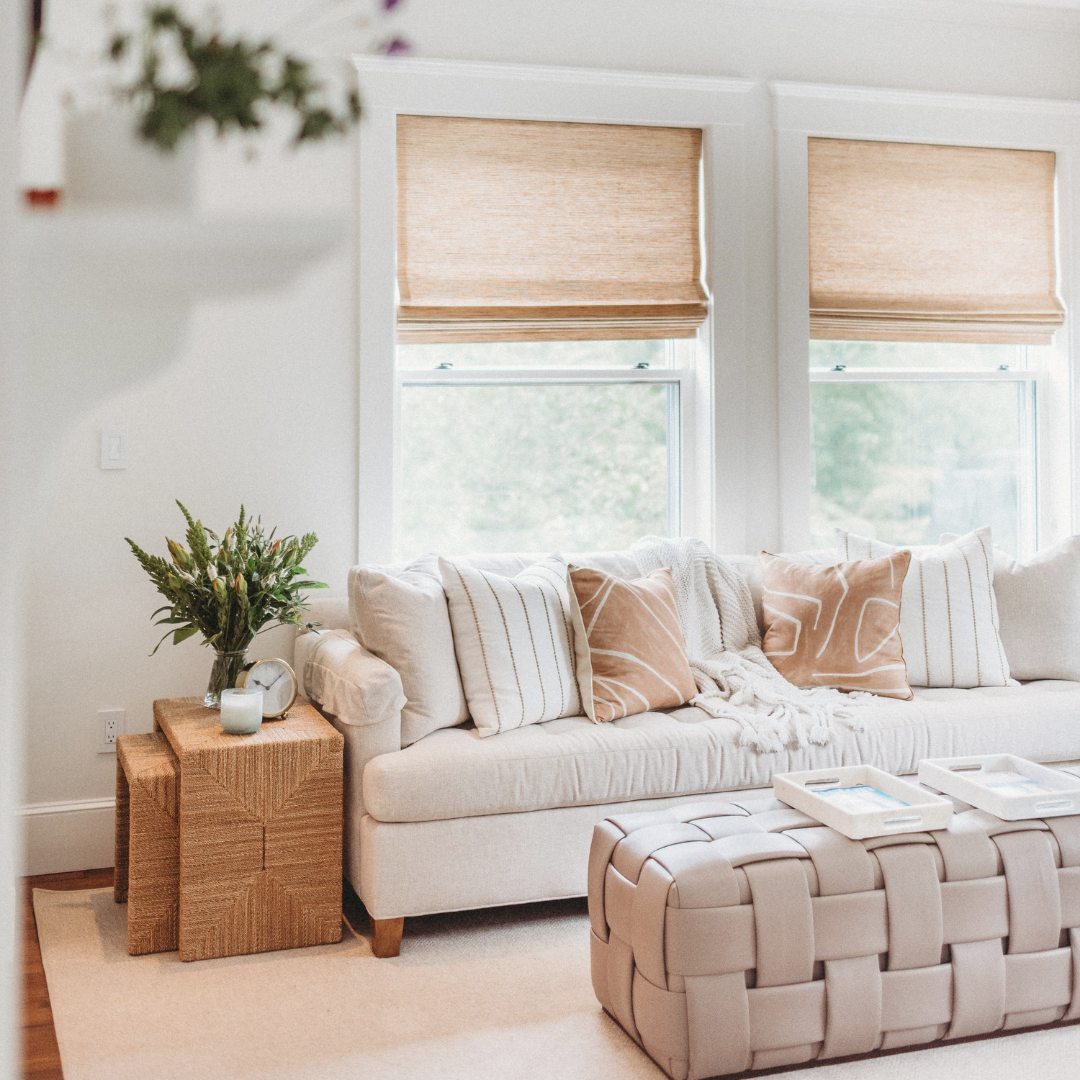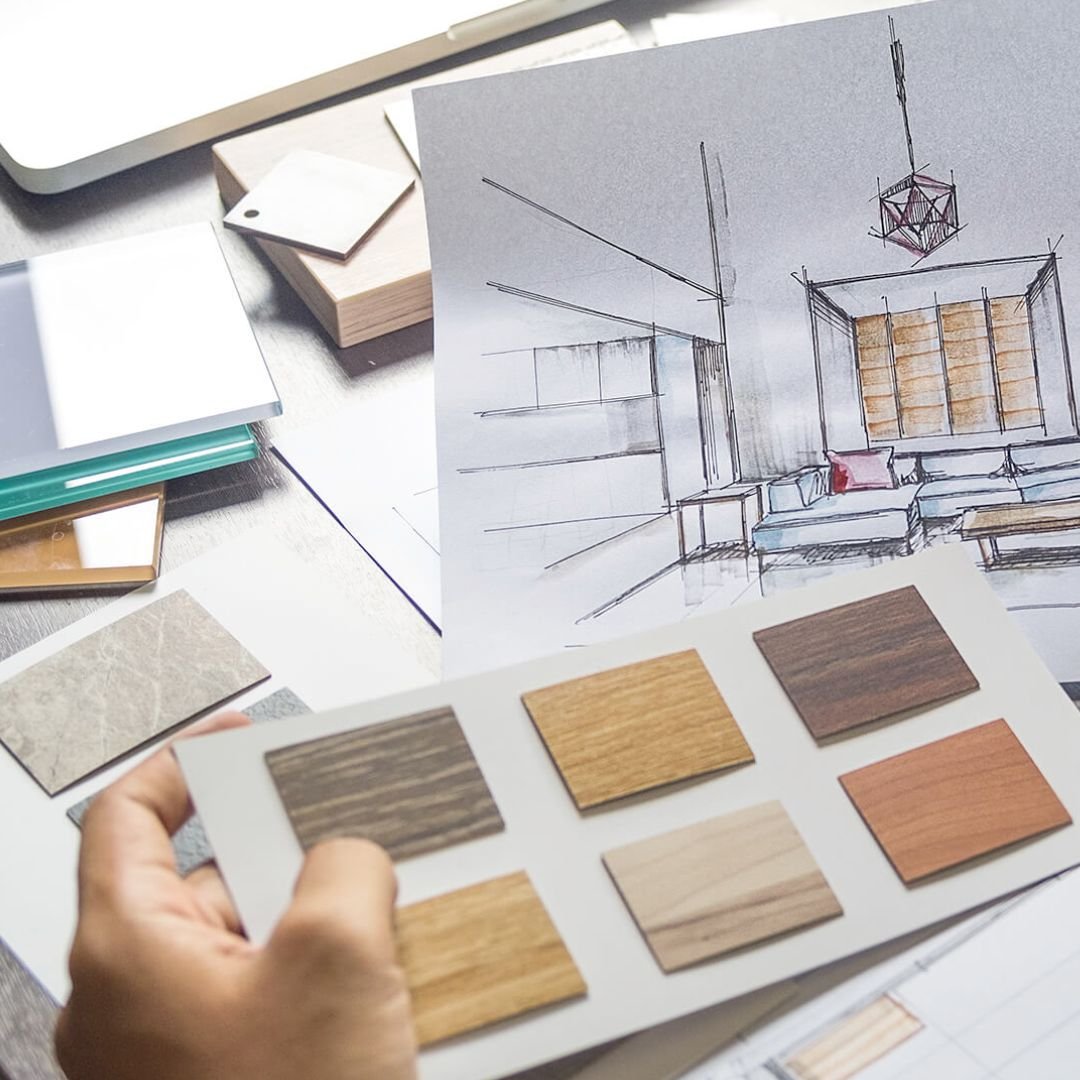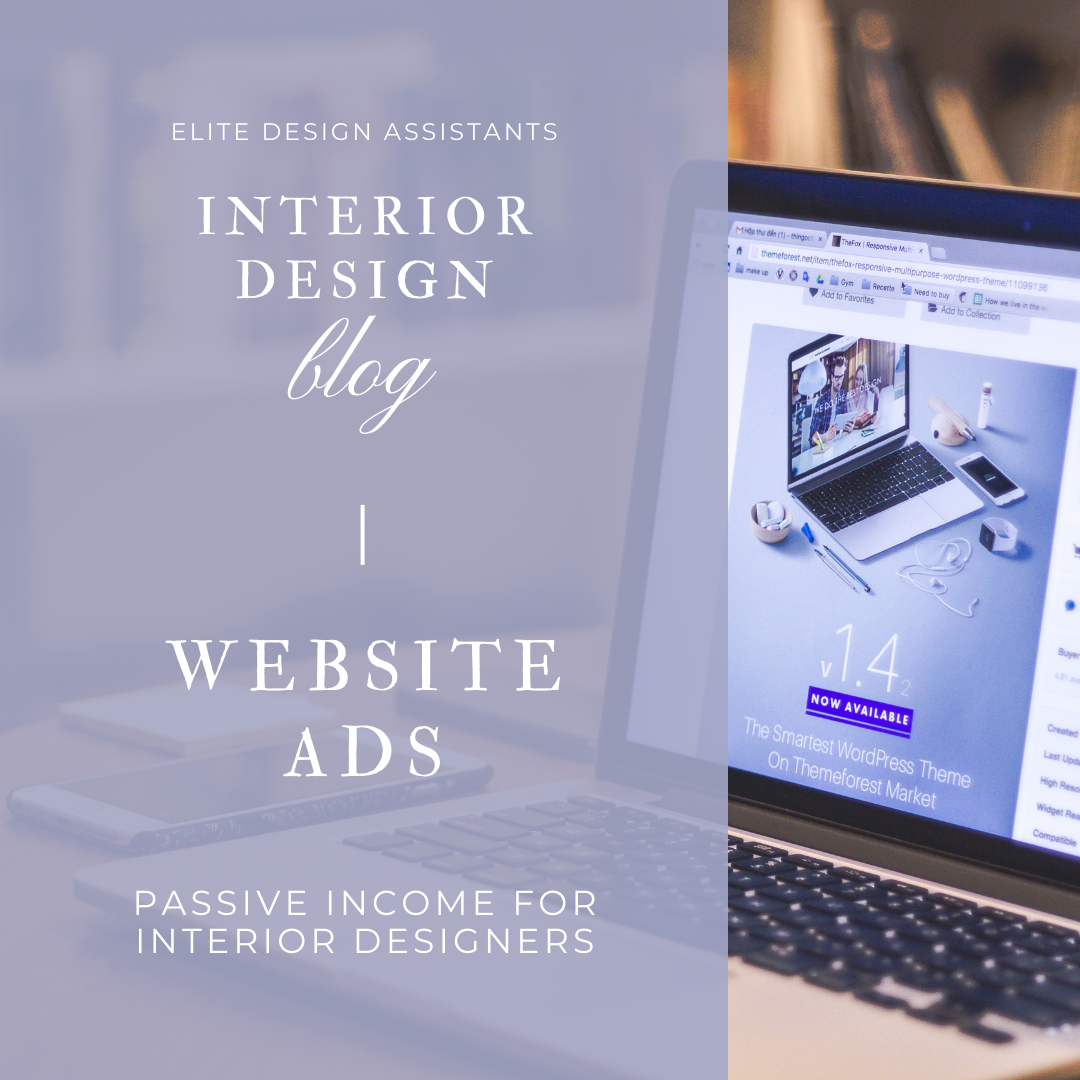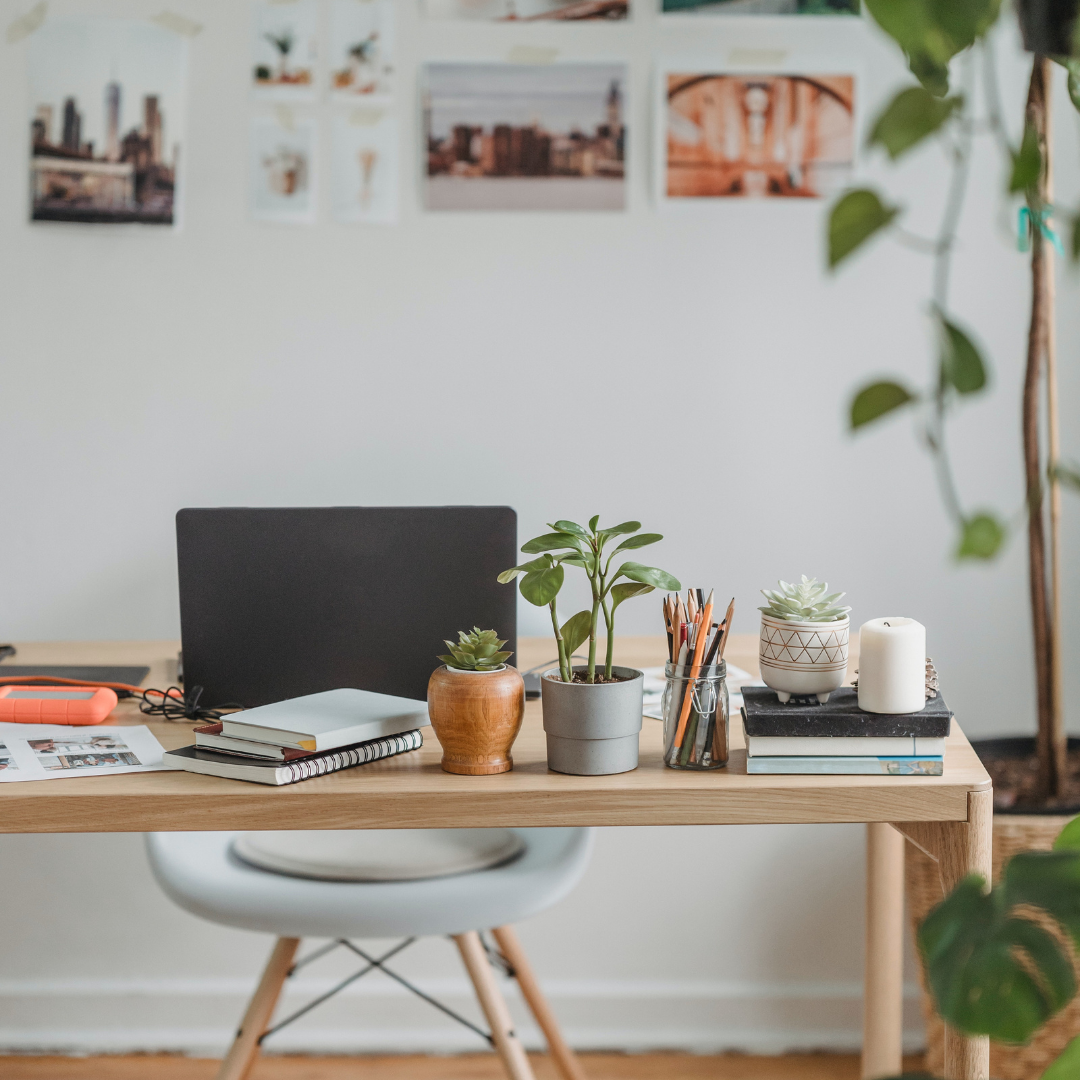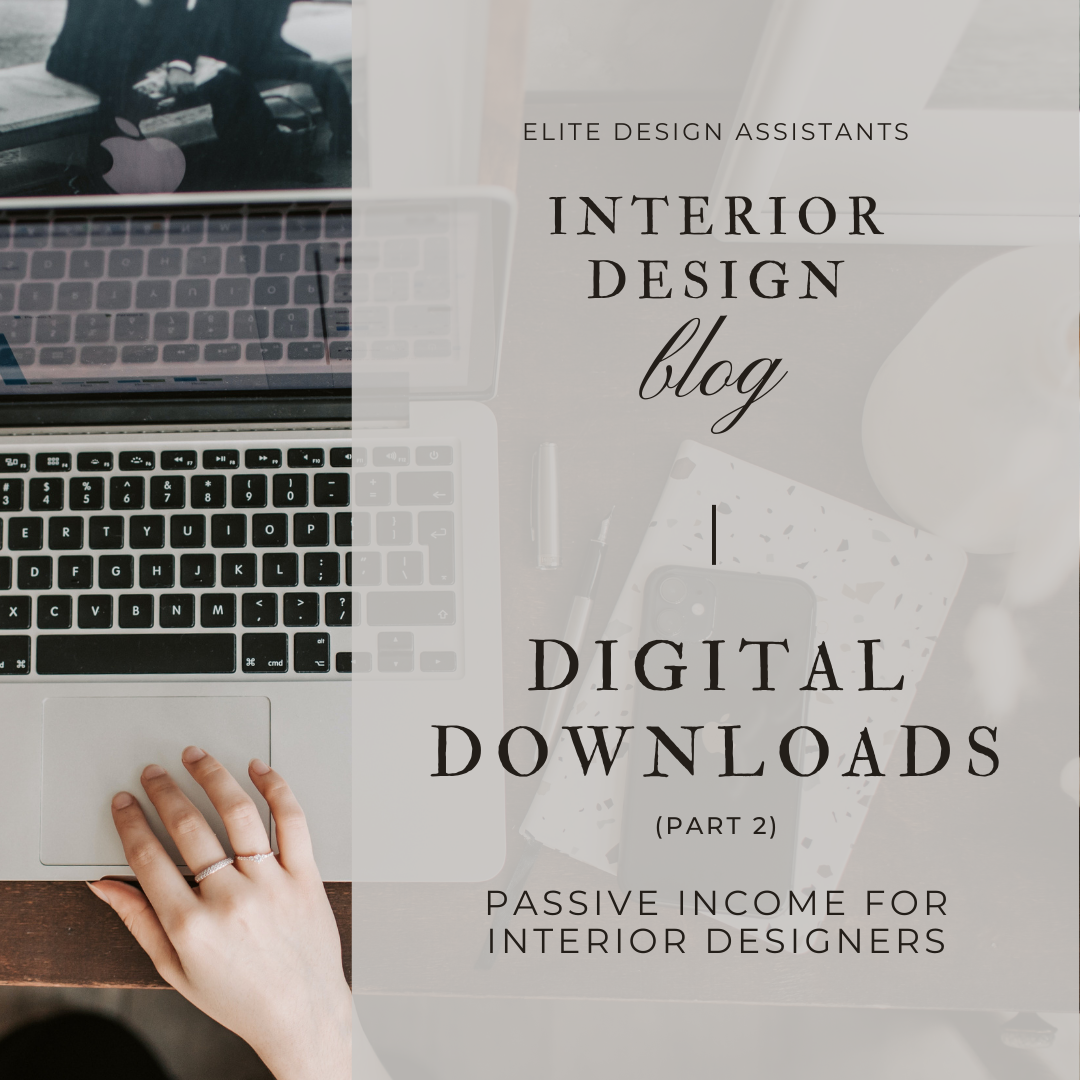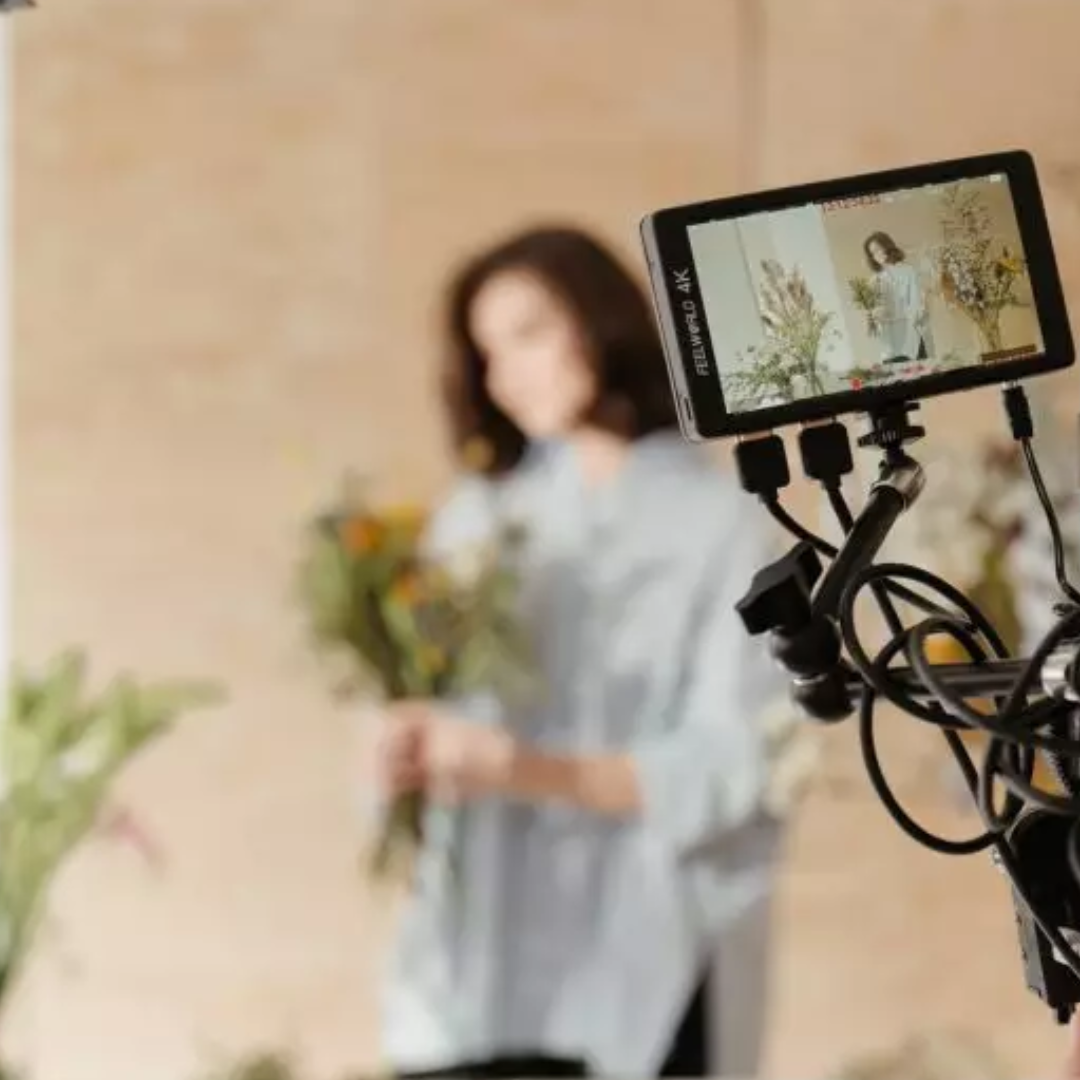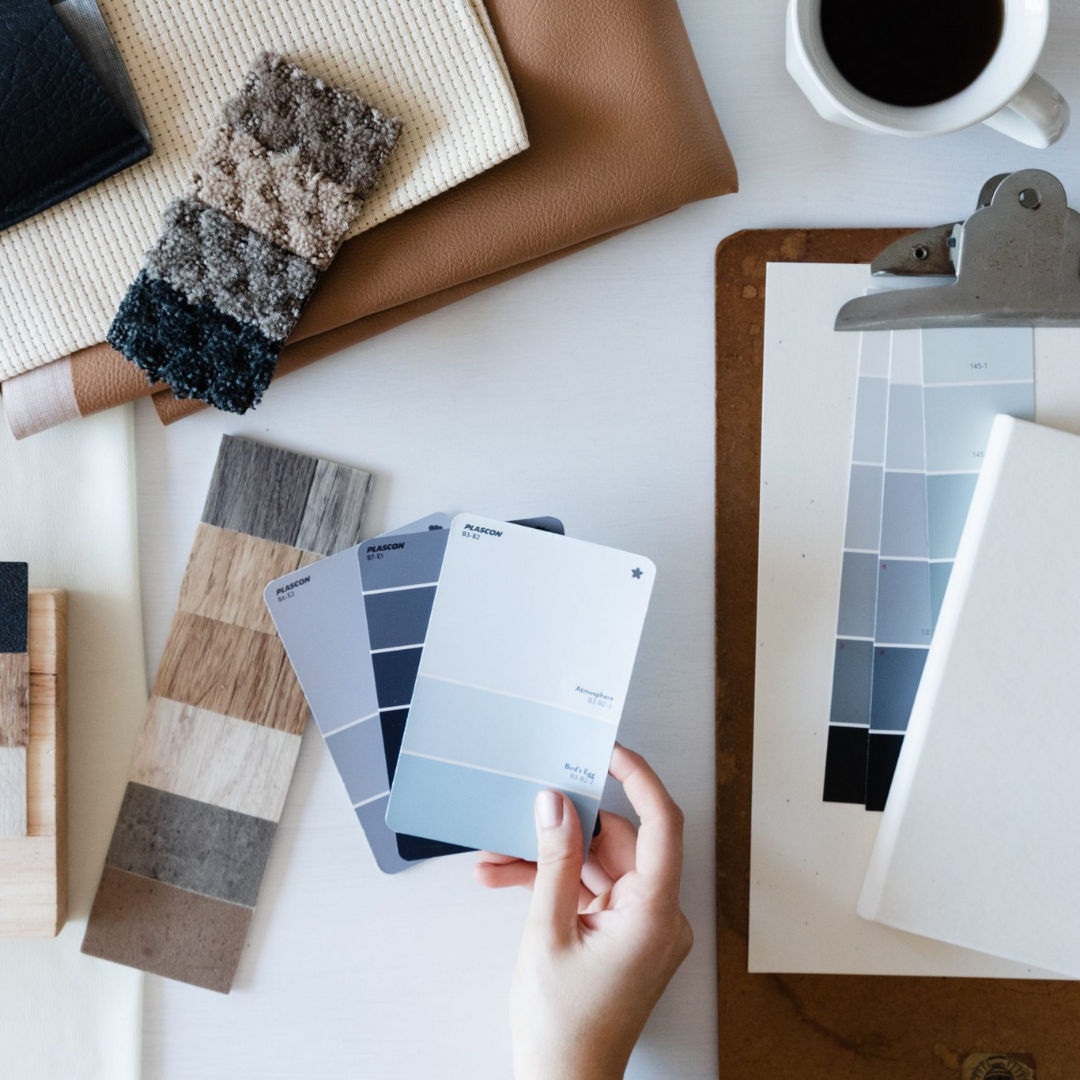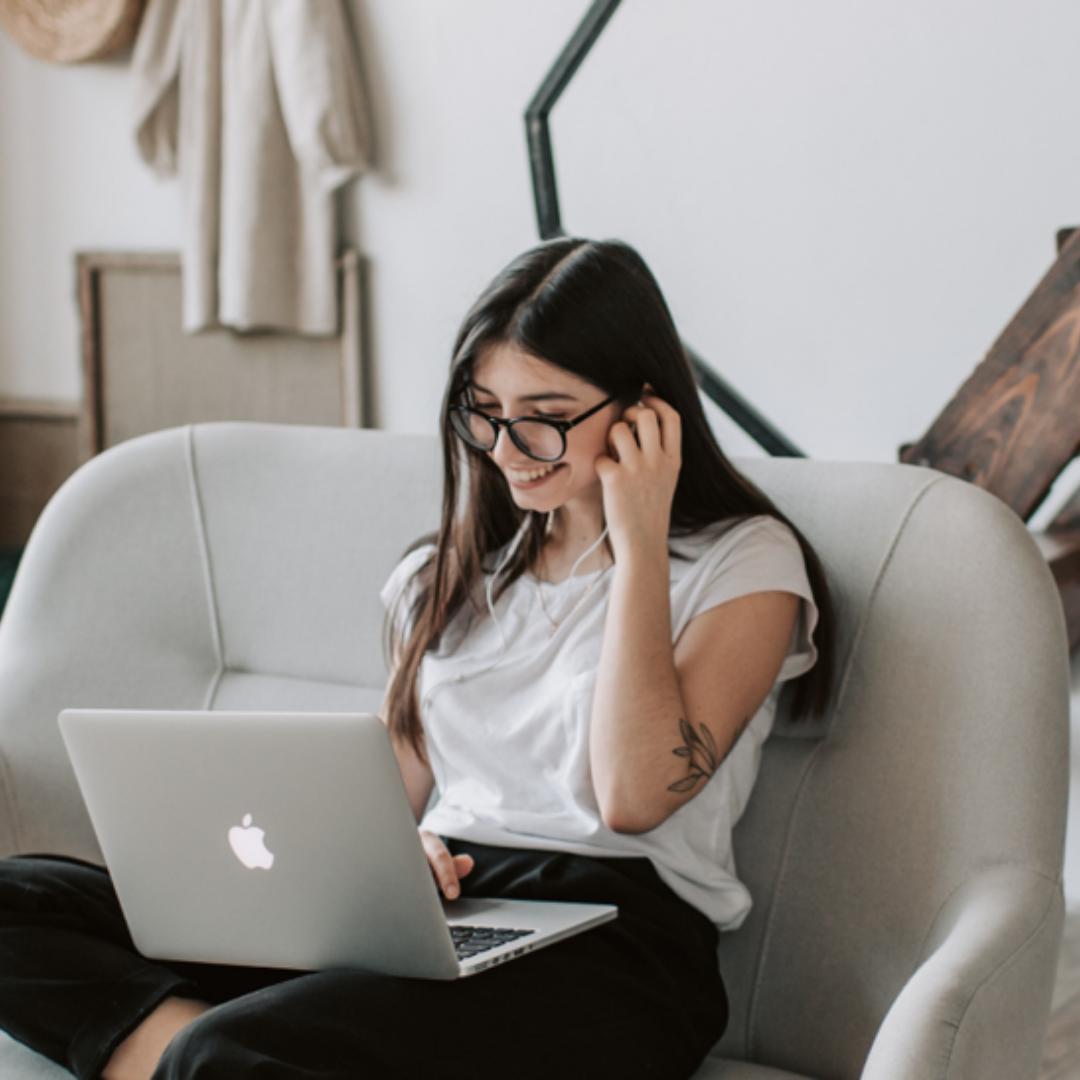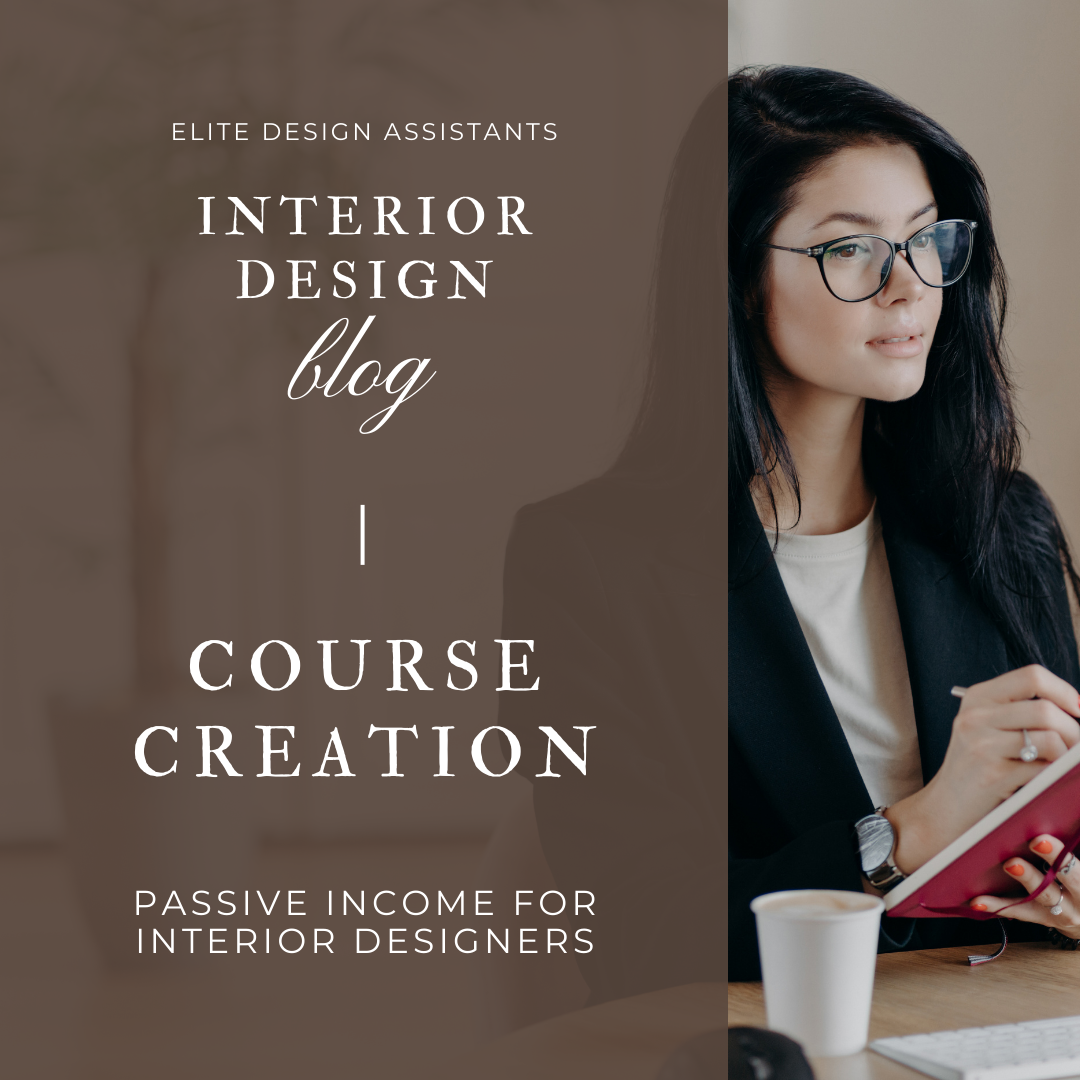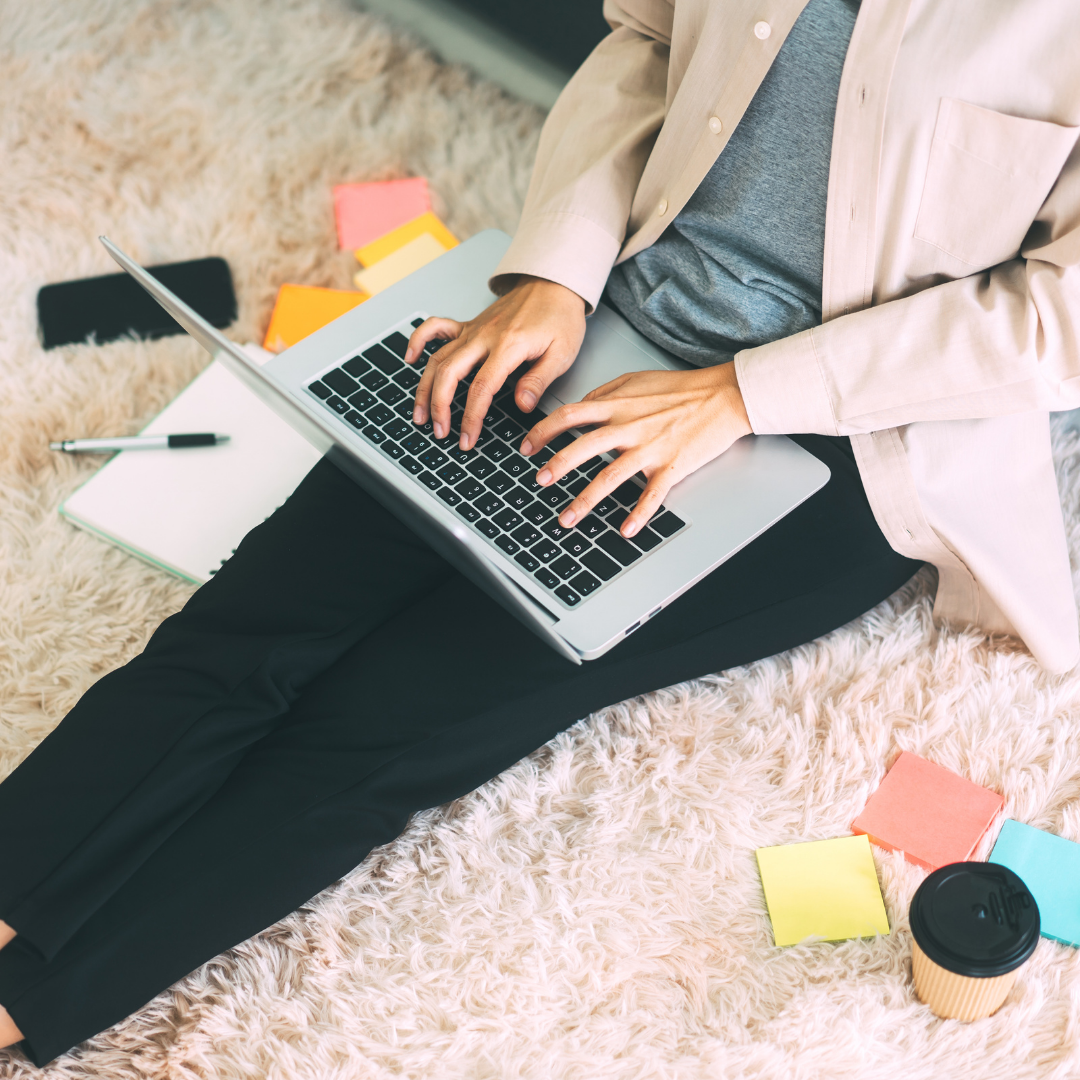Join the Conversation: Bridging the Gaps in Interior Design Software
/Whether you're a seasoned industry expert or a budding designer, the demand for comprehensive software solutions is on the rise. Despite the availability of numerous popular platforms, there persists a longing among interior designers for a system that bridges the functional gaps and takes their productivity to new heights. As an advocate for enhancing the industry, I believe it's time to initiate a meaningful conversation and identify the missing pieces. By doing so, we can inspire developers to bridge these gaps and create the ultimate all-in-one solution that seamlessly integrates project management and administrative features, meeting the common functional needs sought after by designers like you.
I invite you to explore this (surely incomplete) list of functions that I repeatedly hear designers seeking in a project management program. What would you add?
Task Tracking
Time Tracking
Procurement Tracking
Project Timeline & Milestones
Team Communication
Client Communication
Vendor Portfolio
Material & Product Library
Clipper Tool Extension
Design Resource Library
File Storage
Moodboard & Presentation Creation
2D & 3D Drawing
Budget Tracking
Template Creation
Invoicing & Purchase Orders
Bookkeeping
Performance Analytics
Mobile App Compatibility
And to think these are just some of the many moving parts that designers juggle behind each beautiful project! Beyond these crucial functions, I often come across shared grievances from designers concerning the project management program they utilize. Do any of these hit close to home for you?
Poor User Interface (UI) Design
Limited Integration
Complexity and Learning Curve
Limited Collaboration and Communication Features
Insufficient Customization
High or Inflexible Pricing Plans
Unreliable Customer Support
Calling all the visionary minds shaping the industry! It’s time to share your thoughts on the improvements and features you would like to see in interior design software. If you would like to participate in our questionnaire, feel free to draw inspiration from the points above that ring true for you or add your own unique insights. We’d love to hear from you!
We eagerly await your insights and thank you for being a part of this journey towards innovation and excellence in the interior design industry!
xx, Danae































